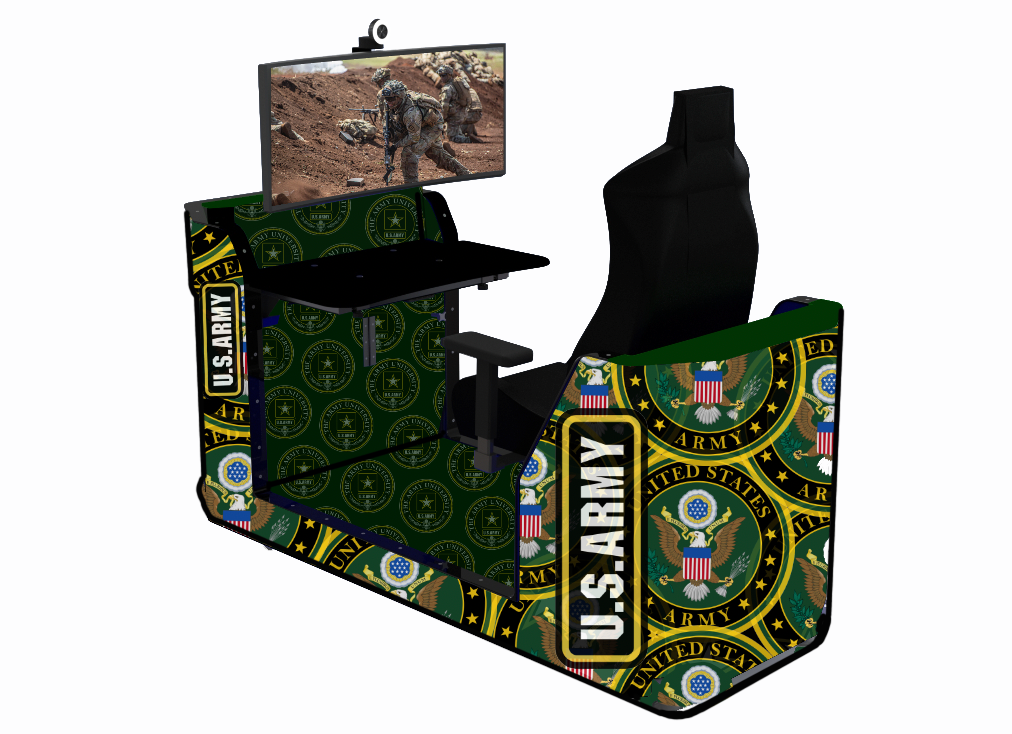

11). Native Empowerment
12).EVOC
a). Police
b). Fire department
c). EMT
d). Helicopter
13). Driver’s education
14). Technical schools
15). CDL truck driving
16). Farming
17). Ship Navigation
18). Railway operations
20). Demographics
21). Sponsorship
22). AI Technology
23). Software
24). Attachments
The Small Footprint Simulator is a gaming pod created by USA Entertainment Ventures in order to ensure a balanced playing field in Esports. Every Small Footprint Simulator will have the same equipment & internet speeds in order to ensure that the competitions are won based on skill, not superior equipment. Our goal is to deploy the Small Footprint Simulator in high schools, community colleges, ROTC and colleges.
Esports is a rapidly growing market, and we are developing ways to solve multiple problems in the Esports market. All over the globe, people have different levels of equipment, and because of this, they also have different performance levels based on which hardware is available to them. Introducing the Esports Gaming Pod, each pod is designed for maximum comfort, with wrap around screens, uniform computer hardware, and wiring that is simplified to a single plugin.
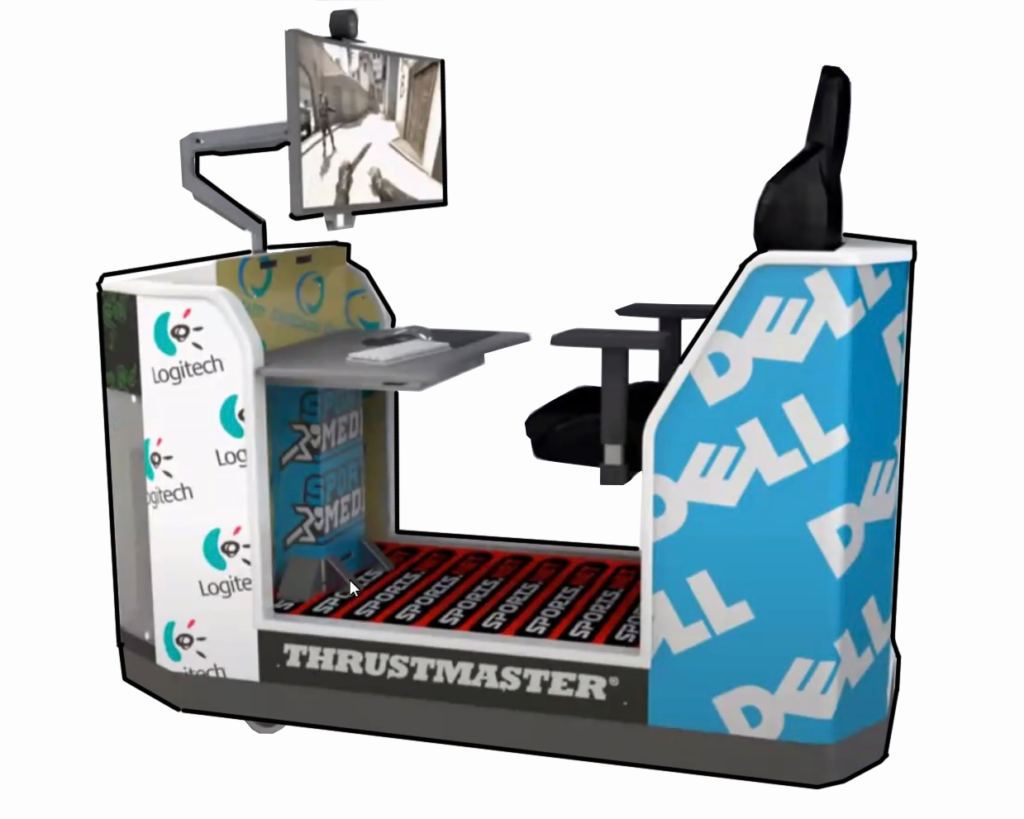
The pods are also perfect for educational purposes. We have designed the pods to accommodate fully modular training controls, such as a mouse and keyboard, a steering wheel, aircraft controls, and even surgical equipment. In addition of these state-of-the-art controls, each pod can be used to teach and train students of all ages in new professions. This can revitalize the teaching process with tools and software programs that will make learning fun and allow students to learn at their own pace. Fanz.gg
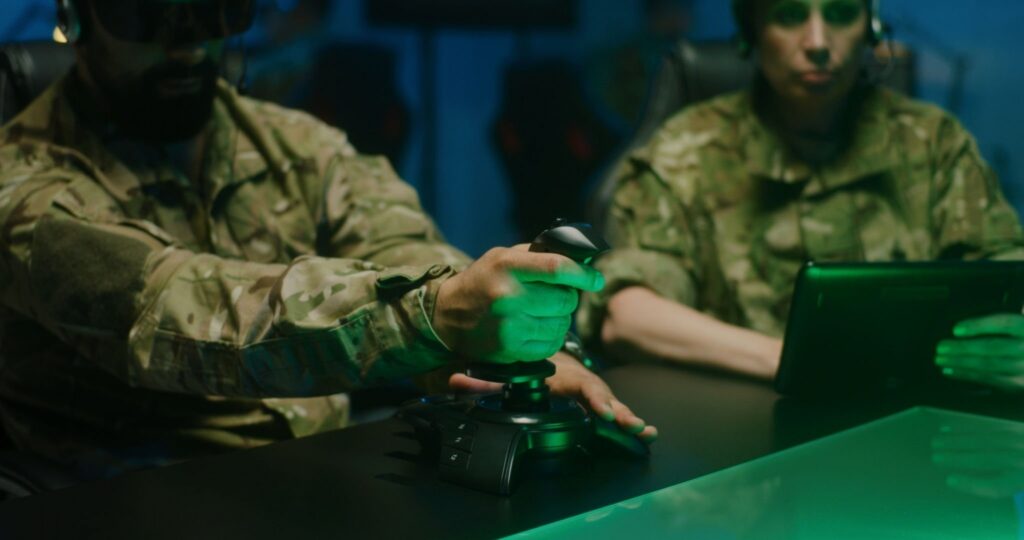
Deploying the small footprint simulator in ROTC programs across 1,085 universities in the United States has enormous potential for advanced education and training opportunities. With the availability of grants and sponsorships, the cost of implementation can be significantly reduced.
USA Entertainment Ventures LLC has already received preliminary approval from the legal from The Military Department of Science and Leadership, which oversees the ROTC programs in the United States. This is a huge step forward in introducing the small footprint simulator to these programs.
One of the major advantages of introducing the small footprint simulator in ROTC programs is early flight training. This can give cadets an opportunity to learn advanced skills in a controlled environment, making them better equipped for their future careers in the military. The small footprint simulator can also be utilized to train cadets in other areas such as driver management, boating, and heavy equipment operation. This provides a well-rounded approach to education and training, making cadets more versatile and adaptable.
Another advantage of the small footprint simulator is its network capabilities, which can be utilized for inter-school competitions in flight training as well as Esports. This not only enhances the training experience but also creates a sense of camaraderie among cadets from different universities. Such competitions can promote healthy competition and drive innovation in education and training.
Moreover, the small footprint simulator can provide valuable data for the assessment of cadet performance. Eye movement, keystrokes, mouse clicks, and AI analytics can be used to evaluate the skills of each cadet. This data can be utilized to identify strengths and weaknesses and help instructors tailor their approach to the individual needs of each cadet. This personalized approach to education and training can lead to better outcomes and make the cadets better prepared for their future roles.
The small footprint simulator can also serve as a tool to introduce cadets to cutting-edge technology. This can foster an interest in technology, and in turn, lead to innovation in education and training. The exposure to such technology can prepare cadets to face challenges in their future careers that require proficiency in technology.
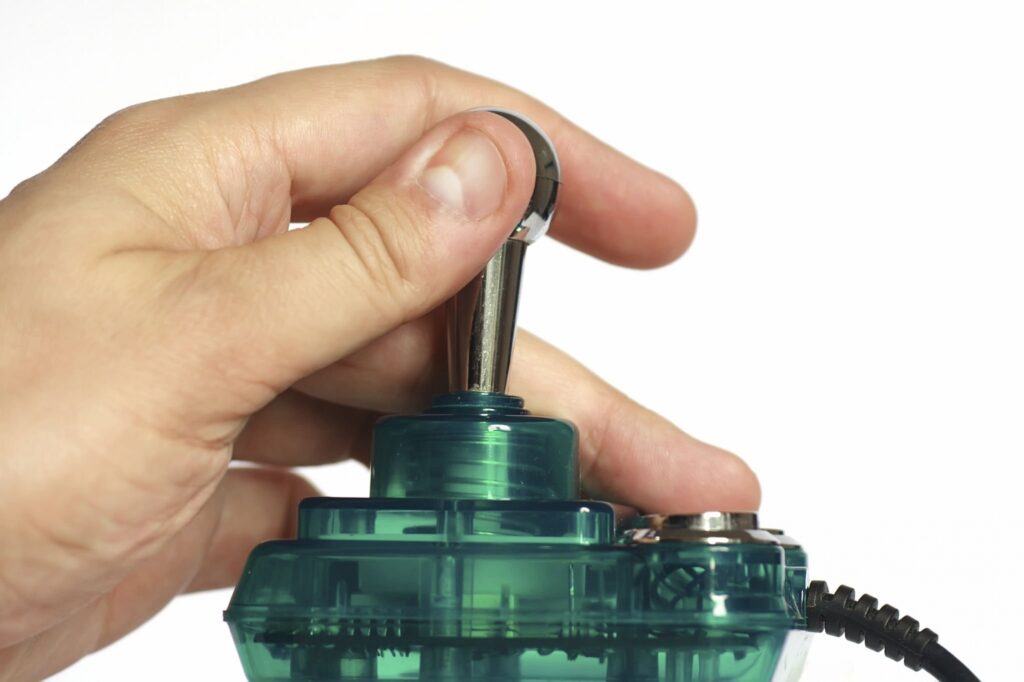
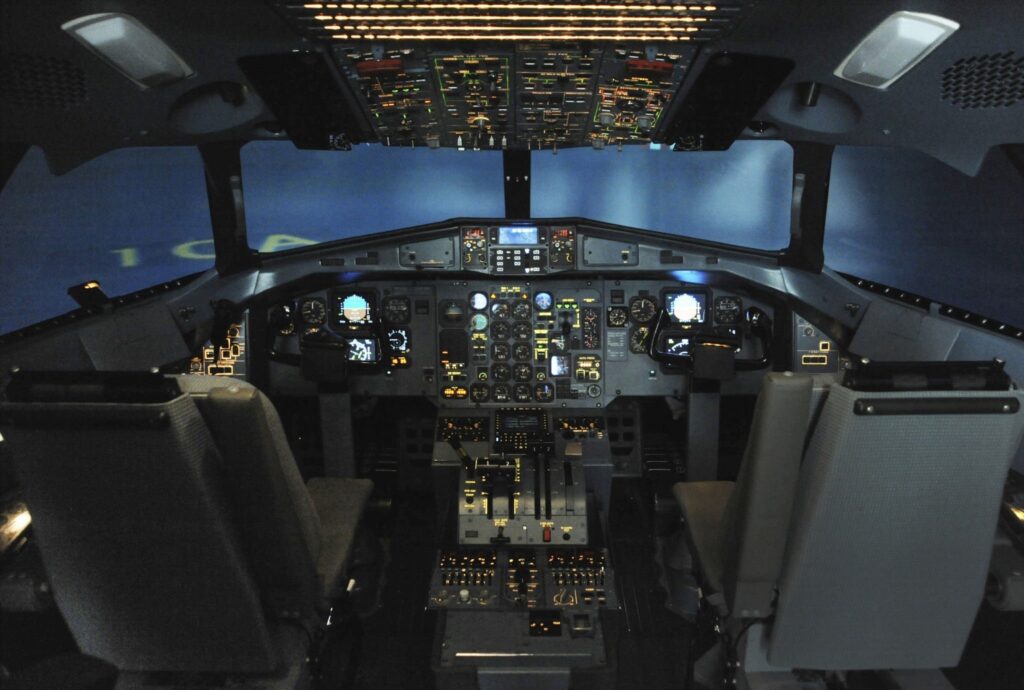
Finally, introducing the small footprint simulator in ROTC programs can help bridge the gap between academia and industry. As cadets gain advanced skills in various areas, they become better equipped to contribute to the industries they are trained for. Furthermore, the data collected from the simulator can be shared with industry partners to help them better understand the skill sets required for various roles.
In summary, the small footprint simulator has enormous potential in ROTC programs across the United States. Its versatility, network capabilities, and ability to collect valuable data make it an ideal tool for advanced education and training. The small footprint simulator can create a well-rounded approach to education and training, promote healthy competition, foster innovation, and bridge the gap between academia and industry. Its deployment in ROTC programs can make cadets better prepared for their future roles in the military and beyond.
The small footprint simulator also offers a significant advantage when it comes to military flight training. With the ability to simulate a variety of aircraft and scenarios, it provides an effective and efficient way to train pilots and aircrew.
The simulator can be customized to match the specific needs of each branch of the military, including the United States Air Force, Army, Navy, space Force and Marine Corps, as well as the Air National Guard. It can simulate everything from basic flight maneuvers to advanced combat scenarios, providing a comprehensive training experience for pilots and aircrew.
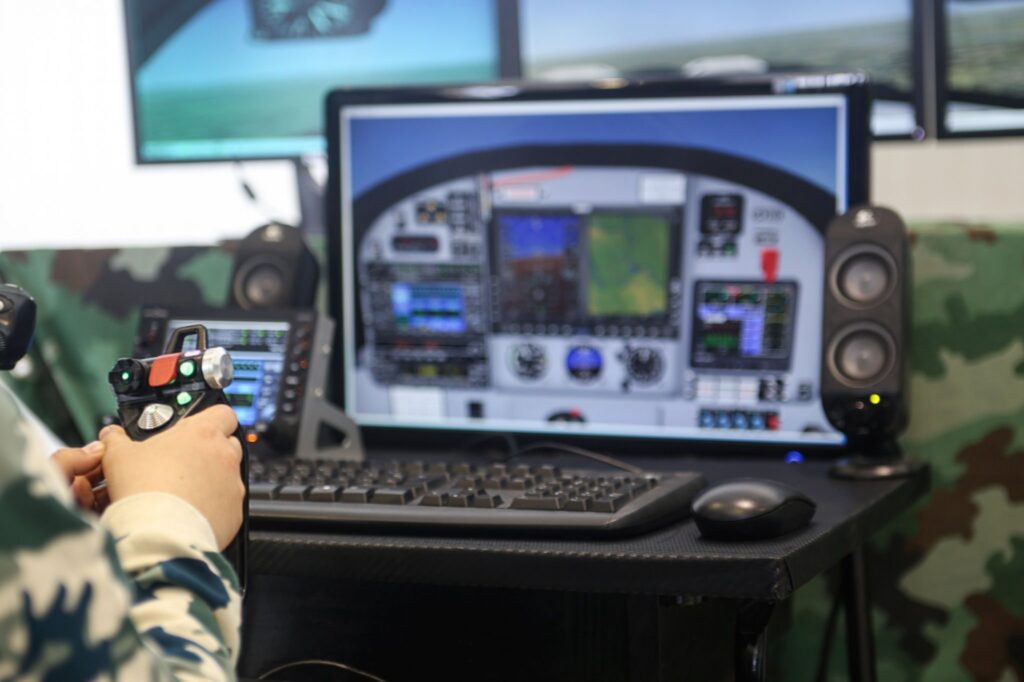
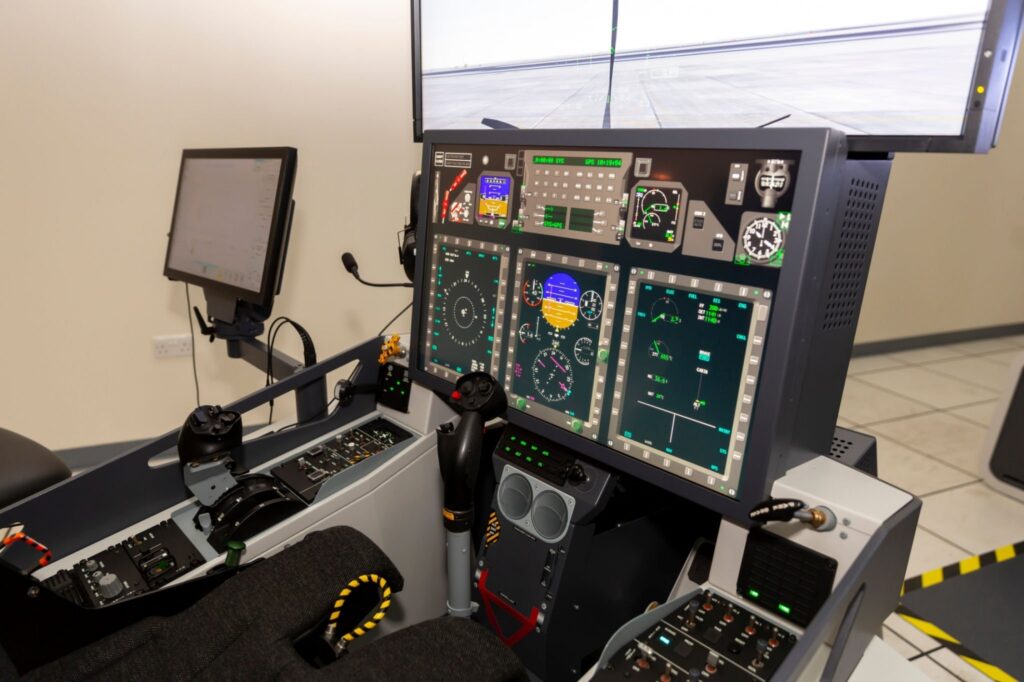
In addition, the small footprint simulator can be easily transported and set up in a variety of locations, making it ideal for military use. It can be quickly be created and un-created, allowing it to be moved from base to base or deployed in the field.
The simulator can also be used for training in a variety of weather conditions and environments, including day and night operations, low visibility conditions, and adverse weather. This provides a more realistic and challenging training experience for pilots and aircrew, preparing them for real-world scenarios they may encounter in the field.
Furthermore, the small footprint simulator can also be used for training on a variety of mission types, including reconnaissance, surveillance, search and rescue, and combat operations. This versatility allows for a more comprehensive and efficient training experience for military pilots and aircrew.
Software currently used for flight training offering a variety of military and civilian aircraft includes digital combat simulator, DCS world and Prepar3D. With our high-powered computer it’s capable of running any military software application.
Overall, the small footprint simulator offers a cost-effective and efficient way to train military pilots and aircrew, while also providing a realistic and challenging training experience. Its portability and versatility make it an ideal choice for military flight training, allowing for easy deployment and use in a variety of locations and scenarios.
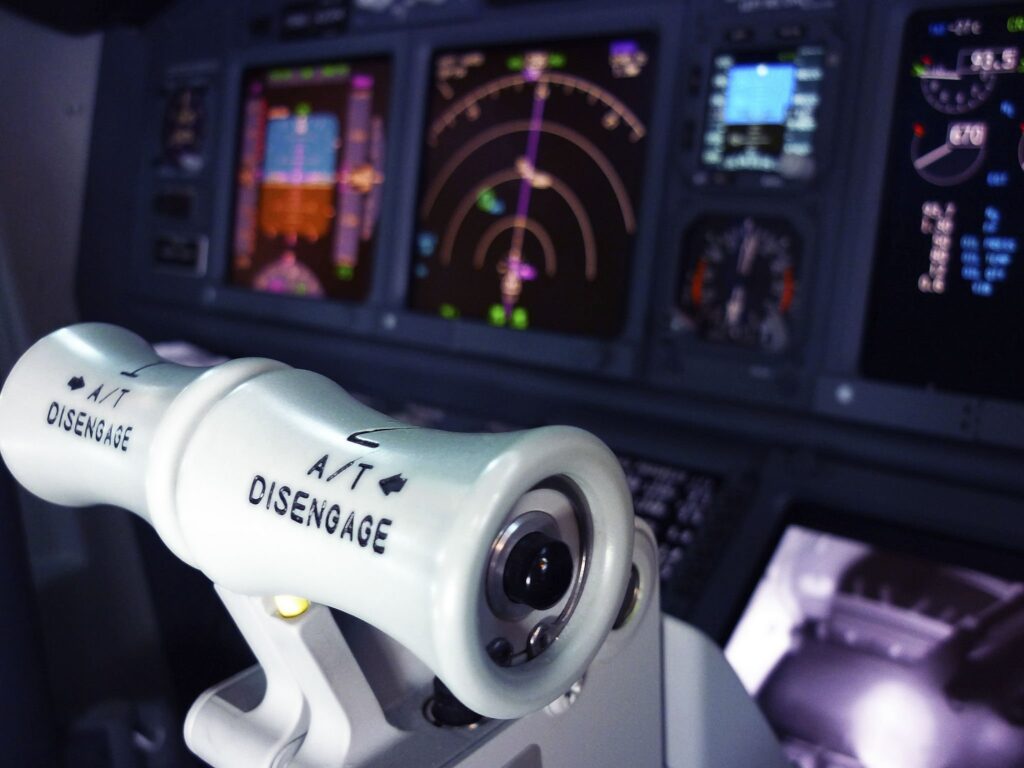
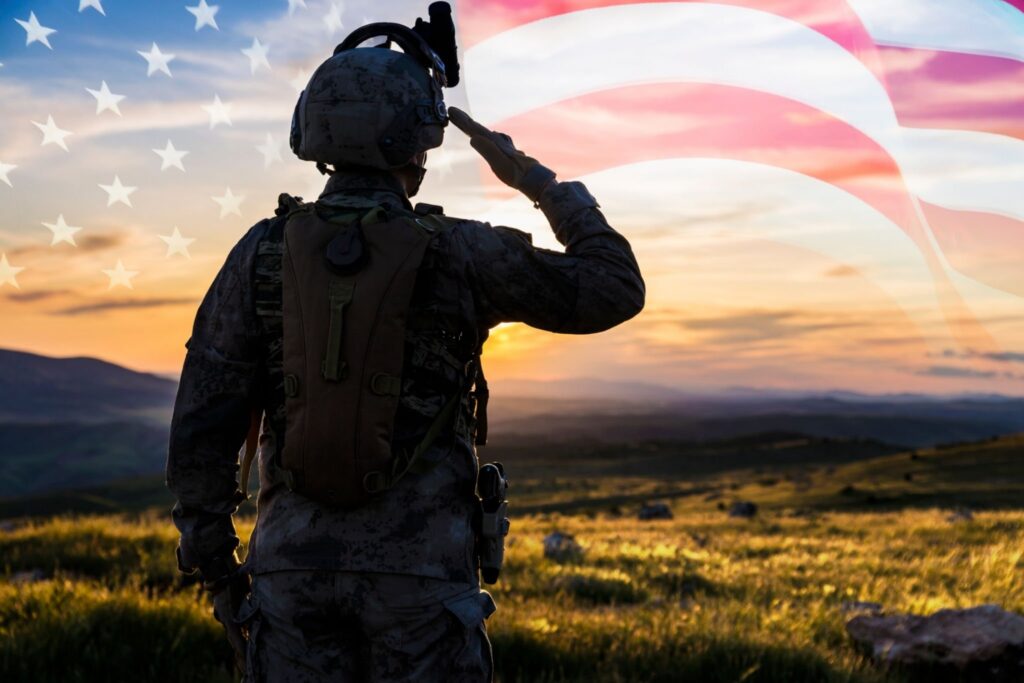
The small footprint simulator has great potential for military use, particularly for ground forces. In many military operations, setting up a command center can take hours or even days, especially in remote and hostile locations. The small footprint simulator can significantly reduce this time and effort.
One of the major advantages of the small footprint simulator for military use is its portability. The unit can be easily transported to any location and can be set up in just a matter of minutes. All that is required is a power source, and the unit is ready to go. This means that military personnel can quickly establish a command center or training facility wherever they are needed, even in remote and challenging environments.
Another benefit of the small footprint simulator for military use is its versatility. The unit can be used for a wide range of applications, from training soldiers in driving and operating heavy equipment to providing a simulated environment for tactical planning and execution. This makes it an ideal tool for military operations where different skills and training are required.
Moreover, the small footprint simulator can be easily adapted to meet the specific needs of different military units and branches. For example, it can be configured to simulate different vehicles and equipment, as well as different terrains and scenarios. This allows military personnel to train and prepare for different types of missions and operations, from urban warfare to jungle combat
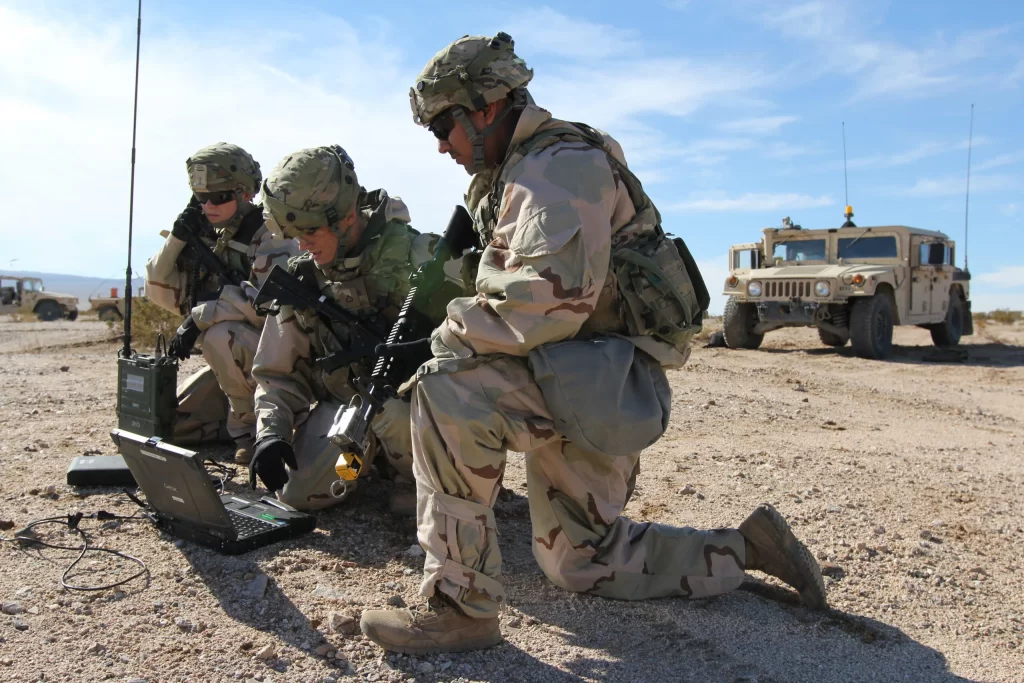
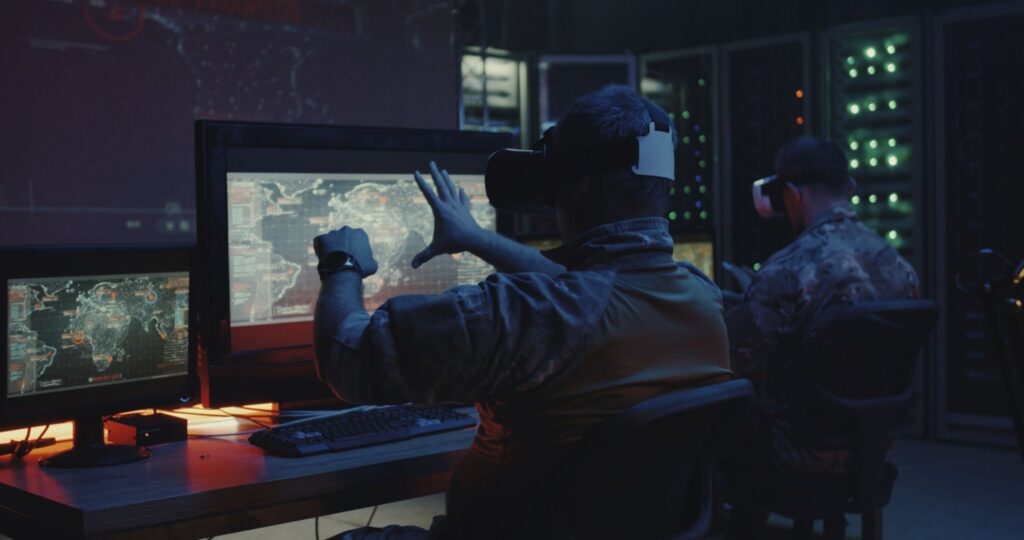
In addition, the small footprint simulator can be used for after-action reviews and analysis. The unit can record and store data on each training session, including the performance of individual soldiers and teams, as well as the overall outcomes and results. This data can then be analyzed and used to improve training and performance, as well as to identify areas that need further development and improvement.
The small footprint simulator can also be used for testing and evaluation of new equipment and technology. Military researchers and developers can use the unit to simulate different scenarios and test the performance and effectiveness of new equipment and technology before deploying them in the field. This can help to reduce risks and costs associated with testing new equipment in live combat situations.
Finally, the small footprint simulator can be a valuable tool for military recruitment and retention. The unit can be used to provide a realistic and engaging simulation of military life and operations, which can help to attract new recruits and retain current ones. It can also be used to identify and develop the skills and talents of individual soldiers, which can lead to career advancement and greater job satisfaction.
In summary, the small footprint simulator has great potential for military use, particularly for ground forces. Its portability, versatility, adaptability, and data collection capabilities make it an ideal tool for training, planning, testing, and analysis. It can also be a valuable tool for recruitment and retention. With the small footprint simulator, military personnel can train and prepare for different types of missions and operations more efficiently and effectively, thereby improving their readiness and performance in the field.
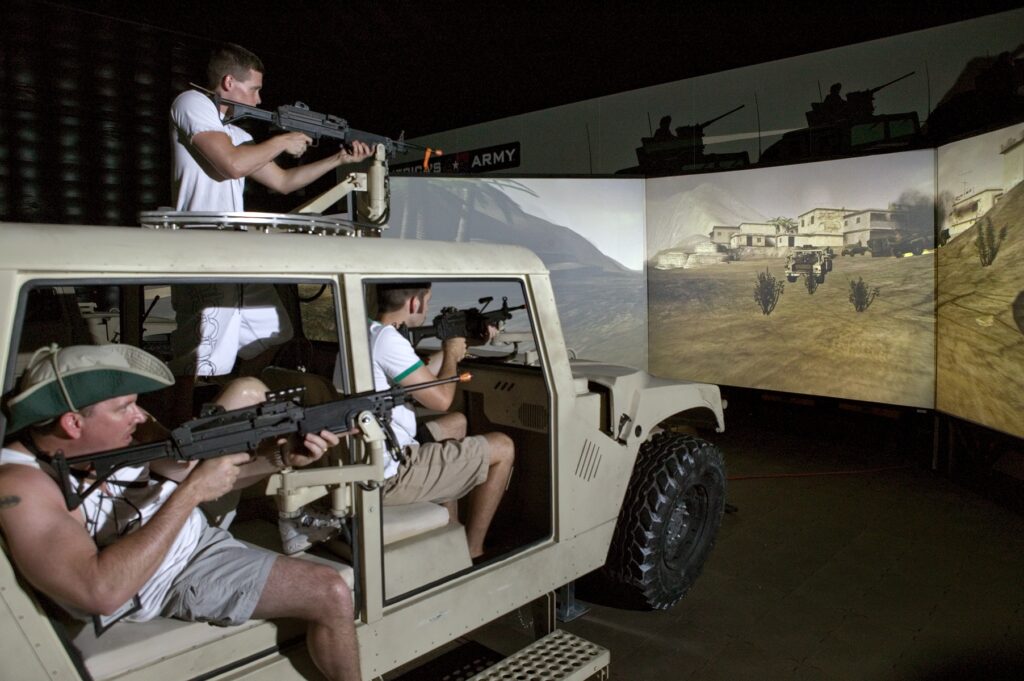
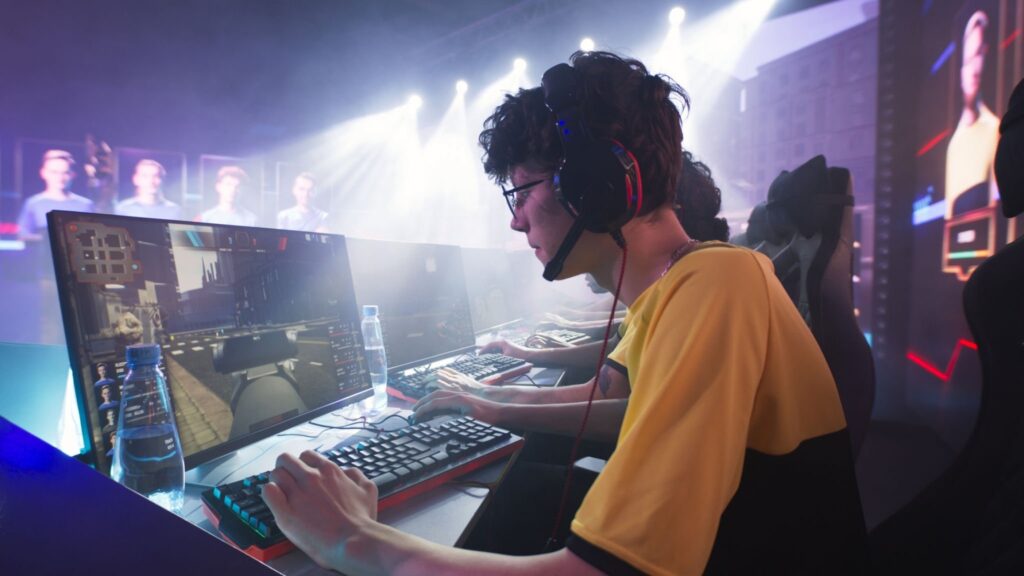
The world of Esports has rapidly gained popularity in recent years, with millions of gamers competing online and in-person for large cash prizes. However, the world of military Esports is a relatively new concept that has gained a lot of traction in recent years. Many militaries around the world have their own Esports teams, and they compete in various tournaments and competitions. However, setting up a traditional Esports setup for these teams can be a logistical nightmare, with the need to transport large amounts of equipment and set it up at each location. This is where the small footprint simulator can come in handy.
With the small footprint simulator, military Esports teams can simply roll out their pod and be operational within minutes. There is no need to set up desks, wires, computers, keyboards, and mice, as everything is already integrated into the pod. This not only saves a lot of time and effort but also makes the process much more comfortable for the team members. Since everyone participates with the same equipment in the small footprint simulator, it also ensures fair and competitive competition.
Furthermore, the small footprint simulator allows for easy networking capabilities between military Esports teams. This means that teams can compete with each other remotely, without the need for physically traveling to different locations. This is especially important for military teams that may be stationed in different parts of the world and may not have the luxury of traveling to compete in-person.
One of the key benefits of military Esports is that it can help promote teamwork and communication skills. In Esports, players need to communicate effectively with their teammates in order to coordinate their strategies and execute their game plan. This is especially important in the military, where effective communication is crucial for success on the battlefield. By participating in Esports, military personnel can improve their communication skills, which can translate to better performance in real-life situations.
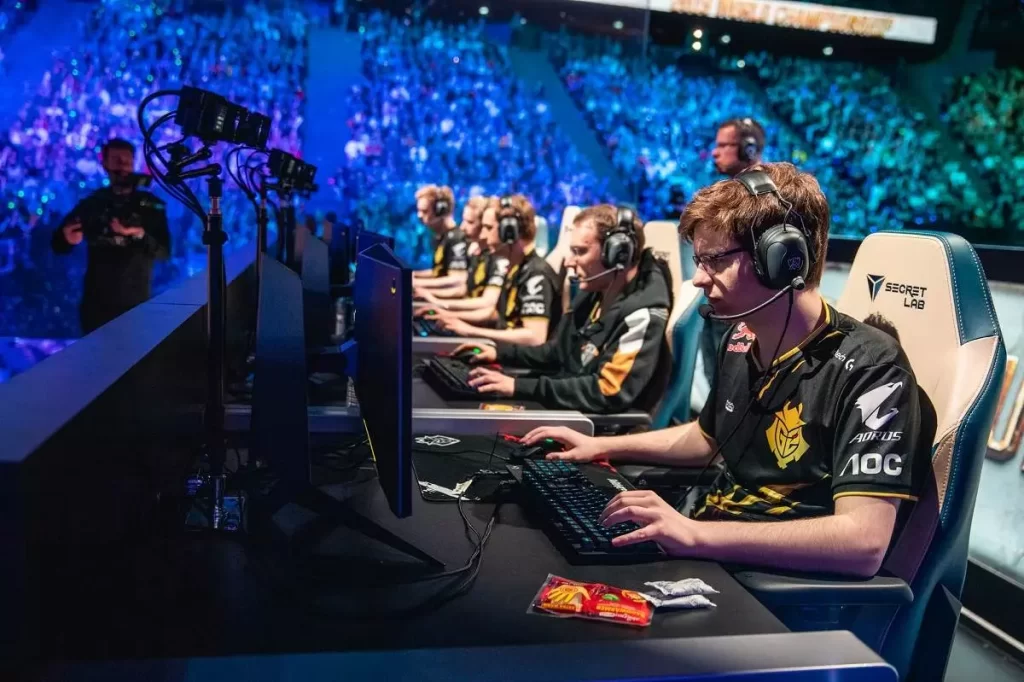
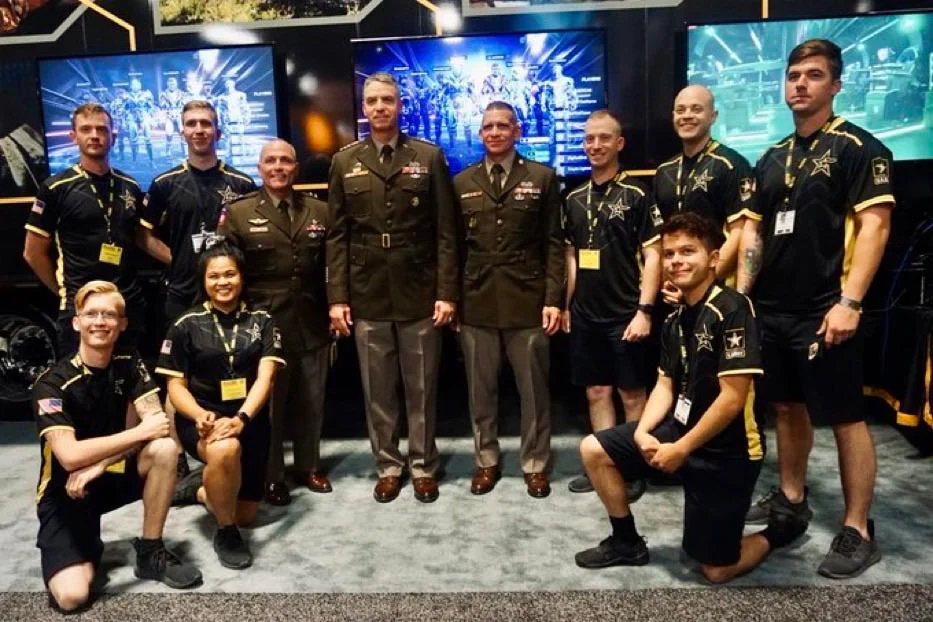
Additionally, military Esports can also help promote mental resilience and stress management skills. In the military, personnel are often exposed to high-stress situations, and it is important for them to be able to manage their stress effectively. Esports can provide an outlet for military personnel to de-stress and relax, while still engaging in a competitive and challenging activity.
On an international level, military Esports can also promote camaraderie and foster positive relationships between different countries. By competing in international tournaments, military personnel can interact with their counterparts from other countries, learn about different cultures, and build relationships that can lead to better cooperation and understanding in the future.
In summary, the small footprint simulator offers a unique solution for military Esports teams. With its ease of use, fair competition, and networking capabilities, it can provide a valuable platform for military personnel to improve their communication, stress management, and teamwork skills. Moreover, it can help promote positive relationships between different countries on an international level. As the world of Esports continues to grow and evolve, it is important for the military to embrace this new frontier and take advantage of the many benefits it has to offer.

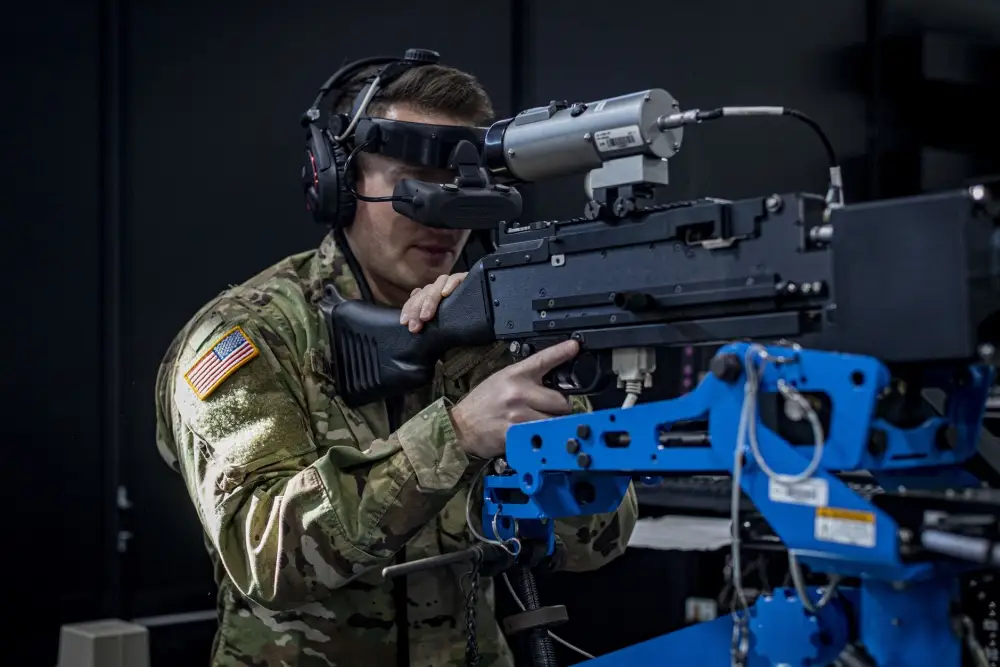
The National Guard is a reserve component of the United States Armed Forces, composed of state-level militia units that are activated for various purposes, including national defense and disaster response. The Guard has a wide range of duties, including protecting lives and property during natural disasters, responding to terrorist attacks, and supporting overseas military operations.
The small footprint simulator can be an excellent tool for the National Guard to train its personnel in a variety of applications, including general education, heavy equipment operation, and driving. With its compact size and portability, the simulator can be easily transported to different locations and set up quickly, allowing soldiers to train in a realistic and safe environment. There are no limits with the utilization of any military applications including engineer and scientific.
One application of the simulator for the National Guard is general education. The simulator can provide a platform for soldiers to learn a wide range of subjects, including math, science, and history. The simulator’s interactive capabilities, such as virtual reality and 3D modeling, can enhance the learning experience and make it more engaging and fun for soldiers. The simulator can also be used for language learning, allowing soldiers to practice their foreign language skills in a realistic environment.
Another application of the simulator for the National Guard is heavy equipment operation. The Guard is often called upon to provide heavy equipment support during natural disasters, such as hurricanes and floods. The simulator can provide a realistic environment for soldiers to learn how to operate various types of heavy equipment, including bulldozers, excavators, and loaders. The simulator’s feedback system can help soldiers improve their skills and avoid costly mistakes.
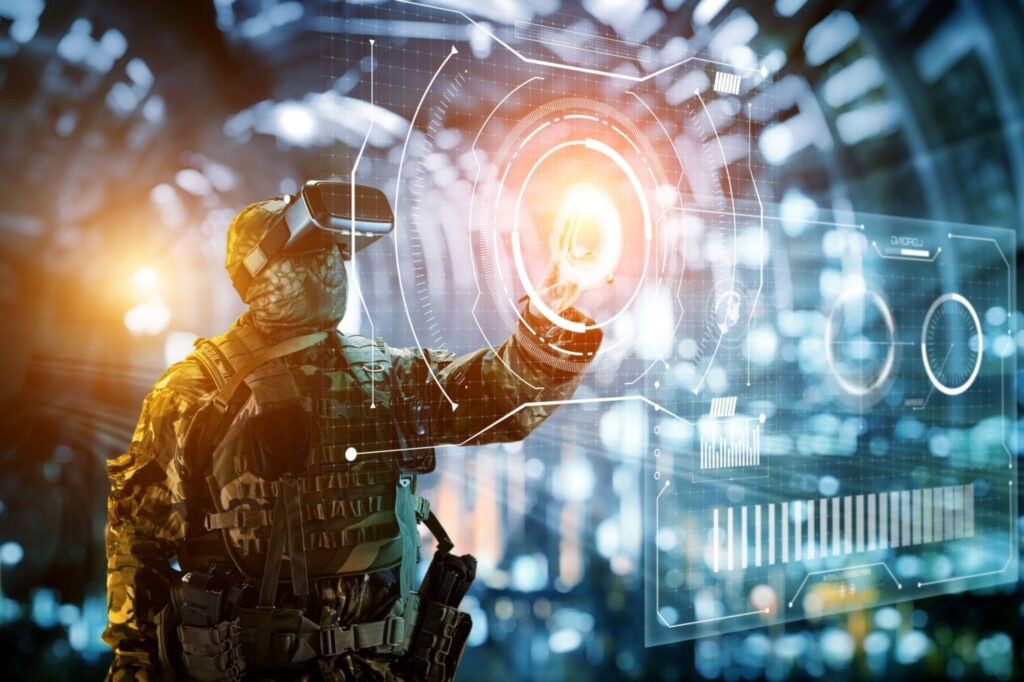

Driving is another important skill for National Guard soldiers, especially those involved in disaster response and homeland security missions. The simulator can provide a safe and realistic environment for soldiers to learn how to drive various types of vehicles, including trucks, SUVs, and even armored vehicles. The simulator can also provide training in defensive driving, emergency maneuvers, and vehicle maintenance.
In addition to these applications, the small footprint simulator can also be used for team-building exercises and leadership development. The simulator’s interactive capabilities can simulate real-world scenarios, allowing soldiers to practice their problem-solving and decision-making skills in a safe and controlled environment. The simulator can also provide feedback on soldiers’ performance, allowing them to identify areas for improvement and develop leadership skills
The National Guard can also benefit from the simulator’s networking capabilities. The simulator can connect soldiers from different units and locations, allowing them to train together and share knowledge and experiences. The simulator can also provide a platform for virtual meetings and briefings, reducing the need for physical travel and saving time and resources.
Finally, the small footprint simulator can help the National Guard reduce its training costs and increase its readiness. Traditional training methods often involve expensive equipment and facilities, as well as travel and lodging expenses. The simulator can provide a cost-effective alternative that can be deployed quickly and easily to different locations. The simulator can also provide a platform for continuous learning and skill development, allowing soldiers to maintain their readiness even during periods of inactivity.
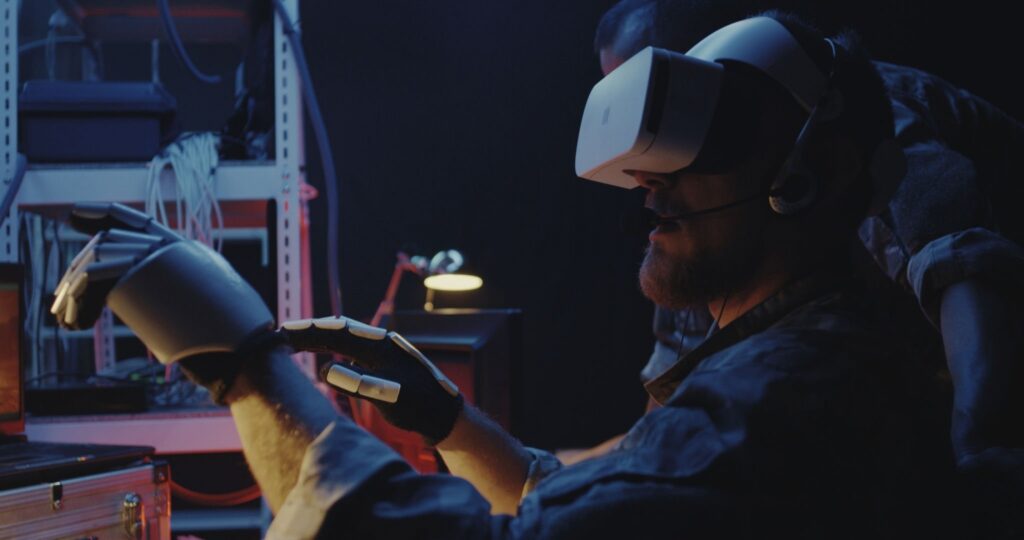
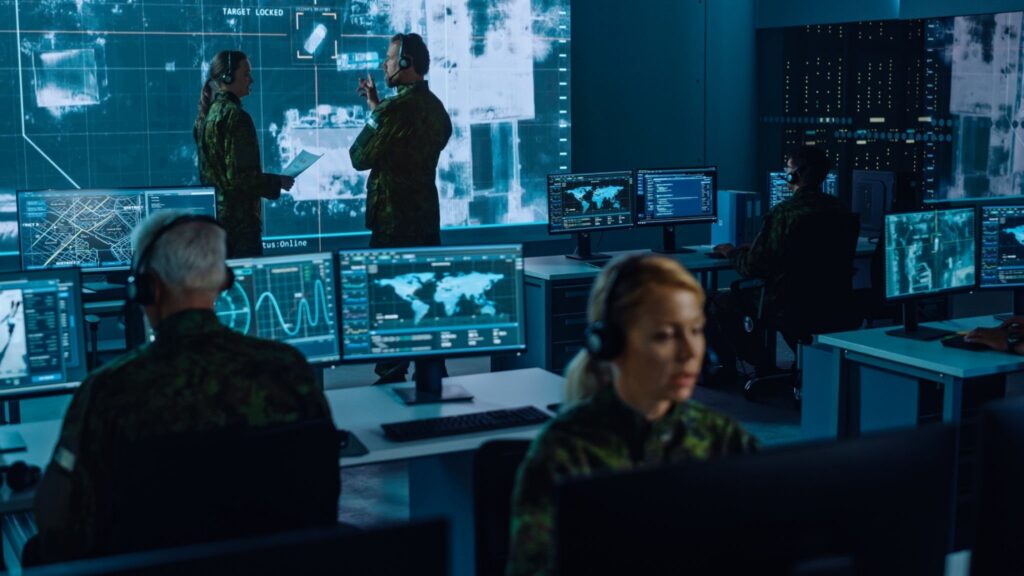
In summary, the small footprint simulator can be an excellent tool for the National Guard to train its soldiers in a variety of applications, including general education, heavy equipment operation, driving, team-building, and leadership development. The simulator’s portability, interactive capabilities, and networking capabilities make it an ideal platform for military training and education. By utilizing the simulator, the National Guard can increase its readiness and reduce its training costs, while providing its soldiers with the skills and knowledge they need to carry out their missions effectively and safely.
The use of drones has been increasing rapidly in various fields including military, law enforcement, and firefighting. However, controlling drones requires specific skills and training, which can be provided by the small footprint simulator. By incorporating a drone control module into the simulator’s video camera projector housing, users can learn and practice how to fly and control a drone in different environments. The simulator’s mobility also enables it to be easily transported to various locations, allowing for remote drone deployment and advanced survey of any particular area.
One of the primary applications of drone control with the small footprint simulator is in the military. Military personnel can use the simulator to train for various missions involving drones, such as reconnaissance, surveillance, and targeting. The simulator can simulate different environments, weather conditions, and terrain, providing realistic training scenarios for drone pilots. By using the simulator, military personnel can enhance their skills and reduce the risks associated with operating a drone in real-world situations.
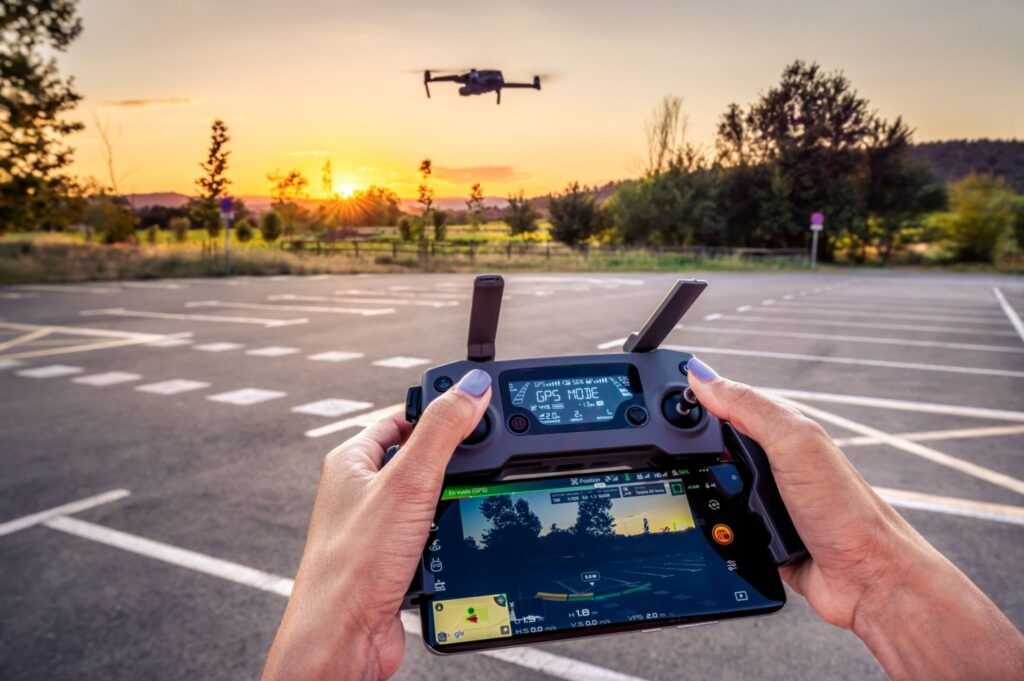
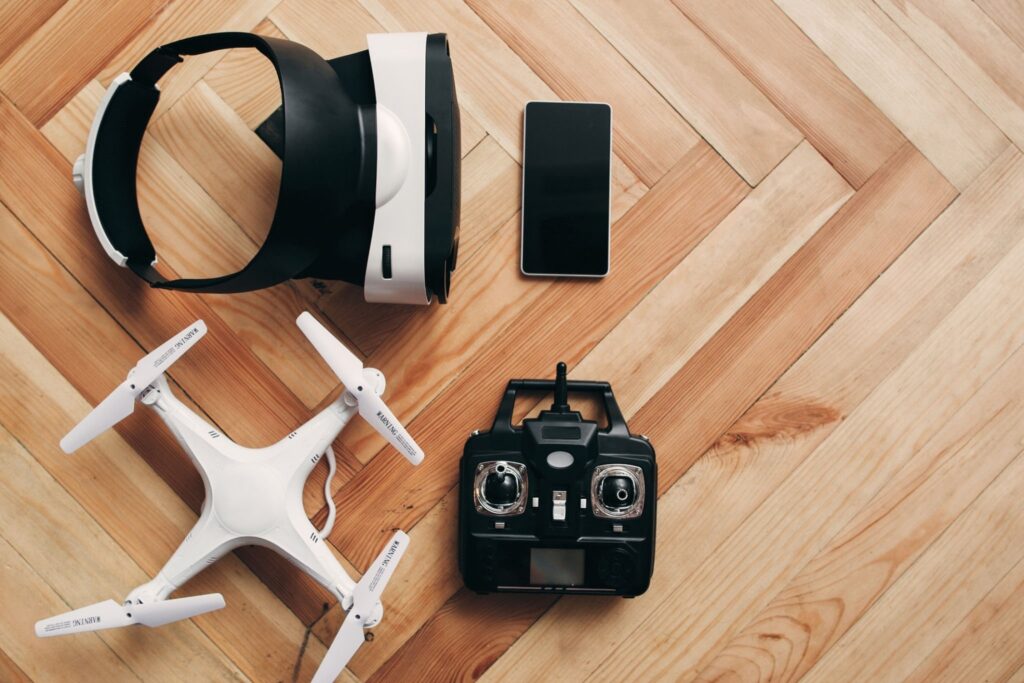
Another potential application of the small footprint simulator in drone control is in law enforcement. Police departments can use drones for surveillance, crowd control, and search and rescue operations. By training officers to use drones with the small footprint simulator, departments can improve the effectiveness and safety of their operations. The simulator can also help to reduce the cost of training by allowing officers to practice in a virtual environment.
Similarly, firefighting departments can use drones for situational awareness and wildfire detection. By incorporating a drone control module into the small footprint simulator, firefighters can practice using drones for these applications, allowing for more efficient and effective firefighting operations. The mobility of the small footprint simulator also enables it to be transported to different fire stations, allowing firefighters to practice in different environments and terrain.
In addition to training and practice, the small footprint simulator can also be used for drone competitions and gaming. Similar to the rise of esports, drone racing and competitions have gained popularity in recent years. By incorporating a drone control module into the simulator, users can compete against each other in virtual drone races and other competitions. This can not only provide an entertaining and engaging experience for users but also improve their drone piloting skills.
Furthermore, the small footprint simulator can be used for drone research and development. As drone technology continues to advance, there is a growing need for new and improved drone control systems. By using the simulator, researchers can develop and test new drone control algorithms and systems in a virtual environment, allowing for more efficient and cost-effective research and development.
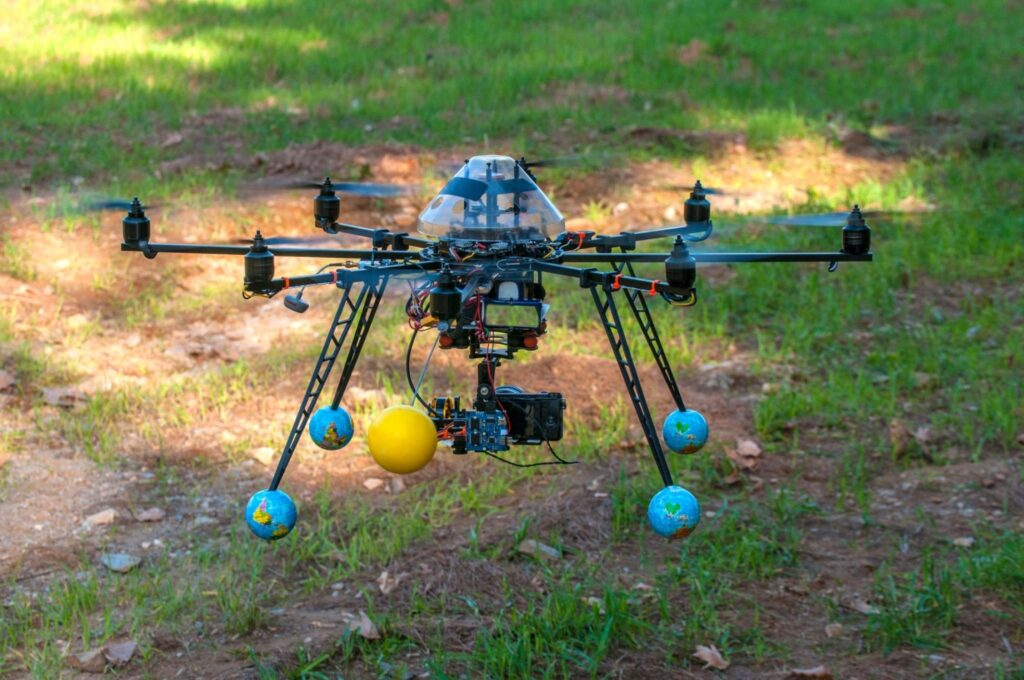
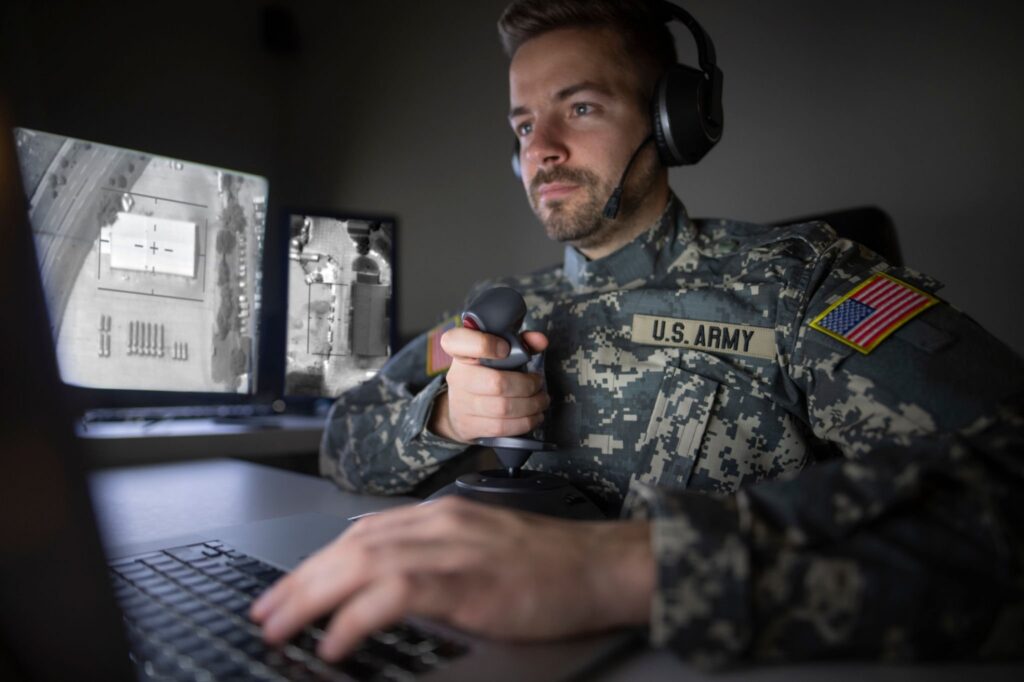
Overall, the small footprint simulator can provide a wide range of benefits for drone control, including training, practice, competitions, research, and development. By incorporating a drone control module into the simulator, users can learn and practice how to fly and control drones in different environments and situations. This can lead to improved skills, better safety, and more efficient operations in various fields, including military, law enforcement, firefighting, and entertainment.
The small footprint simulator is a revolutionary tool that can be used to train pilots of all levels. It is an ideal solution for flight schools, airlines, and national guards as it offers a cost-effective way to train pilots on a number of different aircraft without the need for expensive flight time. With this simulator, pilots can learn advanced skills on a range of different aircraft, from light single-engine planes to commercial airliners and military jets.
Flight schools can benefit greatly from this simulator, as it allows them to offer a more comprehensive training program to their students. Rather than only offering flight time on a single type of aircraft, they can offer training on a range of different planes, providing a more diverse and complete education to their students. This not only increases the value of their training program but also helps to produce more well-rounded and versatile pilots.
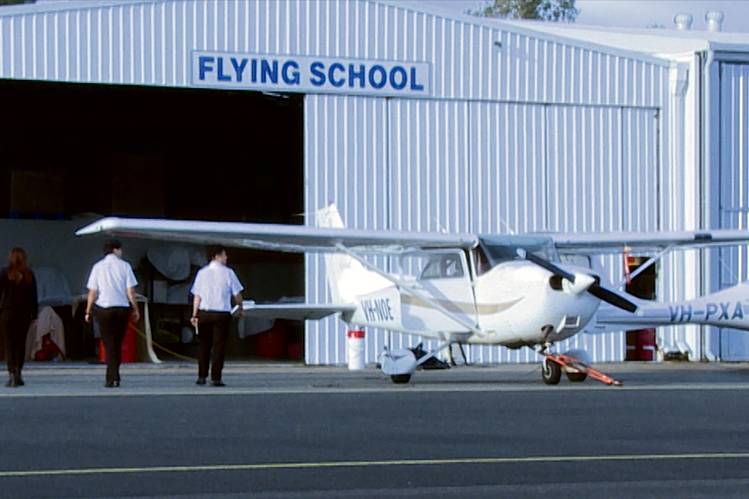
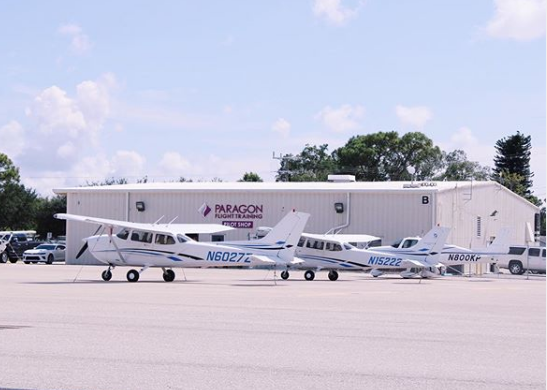
Airlines can also benefit from this simulator, as it allows them to train their pilots on a range of different aircraft, reducing the need for expensive and time-consuming simulator training on individual planes. This can save airlines a significant amount of money in training costs while also ensuring that their pilots are fully prepared to fly a variety of different aircraft. Additionally, this simulator can be used to train pilots on emergency situations, helping them to react quickly and effectively in case of any emergencies.
National guards can also utilize this simulator to train their pilots on a variety of different military aircraft. The simulator can be used to train pilots on military jets, transport planes, and helicopters, providing a comprehensive training program that covers a range of different aircraft. This not only helps to prepare pilots for their military duties but also provides them with the skills and experience necessary to transition into civilian aviation roles if they choose to do so.
The small footprint simulator is also an ideal solution for pilots who want to improve their skills on a range of different aircraft. It allows them to practice flying a variety of planes in a safe and controlled environment, without the risks associated with actual flight time. This can be particularly useful for pilots who want to transition from flying small planes to larger commercial airliners or military jets.
In terms of demographics, the small footprint simulator can be used by pilots of all ages, from those just starting out in flight school to those who have been flying for decades. It can also be used by pilots of all skill levels, from beginners to advanced pilots who are looking to improve their skills. This simulator is also ideal for those who want to learn how to fly a variety of different aircraft, making it a valuable tool for those who are looking to expand their skillset and advance their careers in aviation.
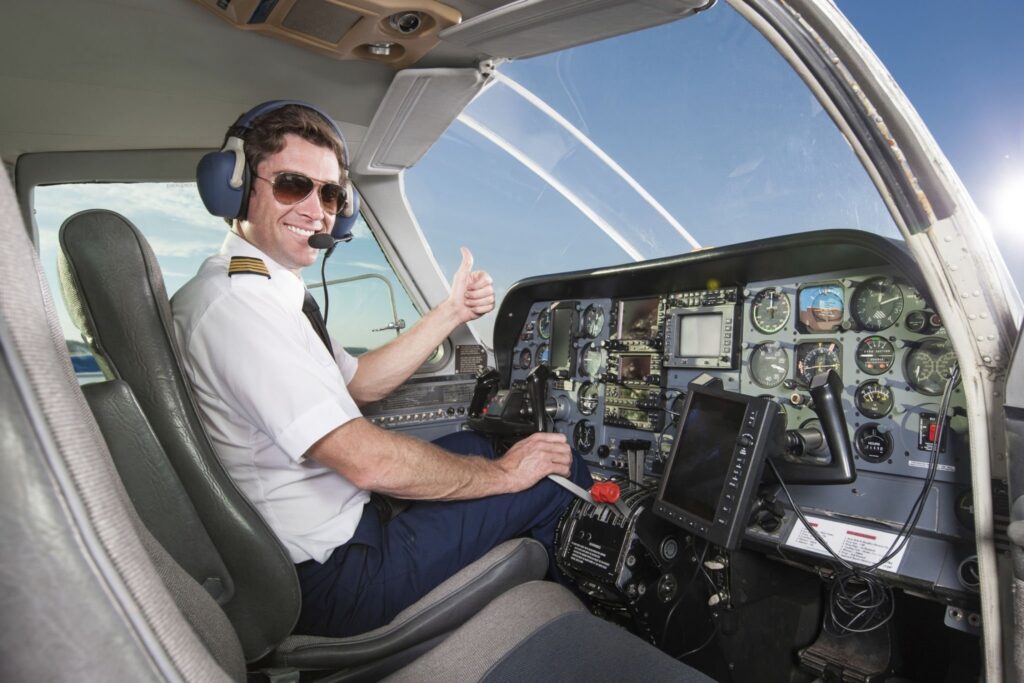

The small footprint simulator can also be utilized at airports to create Esports lounges, offering travelers an opportunity to relax and participate in Esports gaming while waiting for their flights. With its compact design and multiple applications, the simulator can provide a unique entertainment experience for travelers and attract a younger demographic to airports. The Esports lounges can also be sponsored by various brands and companies, providing a new platform for advertising and marketing.
In summary, the small footprint simulator is a highly versatile and valuable tool for flight schools, airlines, and national guards. It offers a cost-effective way to train pilots on a variety of different aircraft, helping to produce more well-rounded and versatile pilots. It is also ideal for pilots of all ages and skill levels who want to improve their skills on a range of different planes. With its advanced technology and comprehensive training capabilities, the small footprint simulator is sure to revolutionize the way pilots are trained and prepared for their aviation careers.
Our small footprint simulator offers a revolutionary approach to occupational therapy within hospital settings. Compact, portable, and effortlessly maneuverable, this simulator redefines patient care by integrating cutting-edge driving software. Tailored for a diverse range of vehicles including trucks, heavy equipment, machinery, tractors, and even aircraft, it becomes a versatile tool for addressing the rehabilitation needs of patients with physical and cognitive injuries such as concussions, traumatic brain injuries, and strokes.
By immersing patients in realistic driving scenarios, our simulator engages both motor and cognitive functions crucial for recovery. Doctors and therapists harness biometric data provided by the simulator to meticulously analyze patient progress. This comprehensive data enables healthcare providers to tailor rehabilitation programs precisely to each patient’s needs, facilitating accelerated recovery. With our simulator, hospitals can deliver personalized care, enhancing patient outcomes and fostering a new frontier in occupational therapy.

We recognize the transformative potential of our small footprint simulator in revolutionizing occupational health education and Occupational Therapy Doctorate (OTD) programs. Students stand to gain immensely from the integration of biometric data provided by our simulator. By analyzing real-time physiological responses during simulated tasks, students gain invaluable insights into the intricate interplay between physical and cognitive functions. This firsthand understanding not only enriches their theoretical knowledge but also equips them with practical skills crucial for addressing complex occupational health challenges.
The world of Esports is rapidly expanding, and with it, the opportunities for betting in casinos. The thrill of watching skilled players compete against each other is undeniable, and many are eager to place bets on the outcome. However, there are significant challenges when it comes to handicapping Esports matches, as there is no standardized equipment or settings for players to use. This is where the Esports pod from USA Entertainment Ventures, LLC can make a significant impact.
Our Esports pod offers a controlled environment for players to compete in. Everyone operates on the same equipment with a controlled bond rate, ensuring that all of the competition is fair and equitable. This controlled environment eliminates any advantages that may be gained by using customized equipment or settings, creating a level playing field for all participants.


Moreover, our small footprint simulator has the added advantage of creating data for handicapping. Eye movement, keystrokes, mouse clicks, and AI analytics can all be captured, offering valuable insights into how players approach the game. This data can be used to inform handicapping decisions and provide more accurate odds for betting.
In addition to the benefits for casinos and betting, the Esports pod also offers numerous advantages for players and Esports teams. The controlled environment allows players to focus on their skills and strategies, without having to worry about potential equipment or setting advantages for their opponents. This creates a more competitive and challenging environment, ultimately improving the overall quality of the matches.
Another benefit of our Esports pod is its potential for use in education. With the increasing popularity of Esports, many schools are introducing Esports programs and clubs. The Esports pod offers a controlled and standardized environment for students to practice and compete in, creating a safe and fair environment for all participants. Additionally, the data collected from the pod can be used for educational purposes, allowing students to analyze their own performance and improve their skills.
Overall, the Esports pod from USA Entertainment Ventures, LLC offers numerous advantages for the world of Esports. By providing a controlled environment for competition, the pod ensures fairness and accuracy in handicapping for betting and creates a challenging and competitive environment for players. Additionally, its potential for use in training and education makes it a valuable tool for teams, schools, and individuals looking to improve their Esports skills.

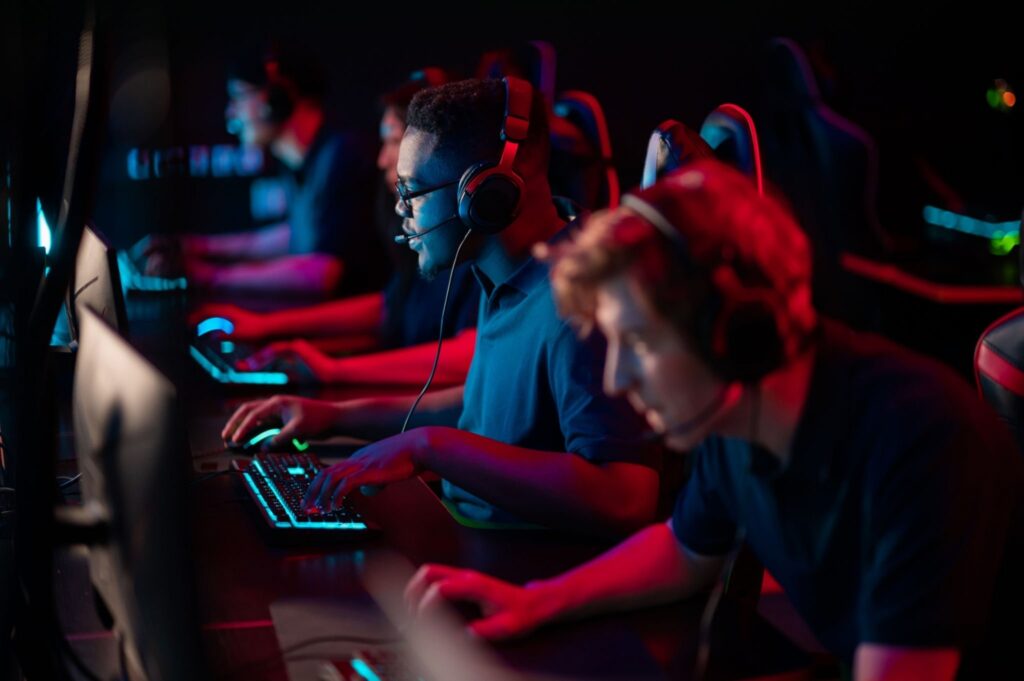
Another benefit of our Esports pod is its potential for use in education. With the increasing popularity of Esports, many schools are introducing Esports programs and clubs. The Esports pod offers a controlled and standardized environment for students to practice and compete in, creating a safe and fair environment for all participants. Additionally, the data collected from the pod can be used for educational purposes, allowing students to analyze their own performance and improve their skills.
Overall, the Esports pod from USA Entertainment Ventures, LLC offers numerous advantages for the world of Esports. By providing a controlled environment for competition, the pod ensures fairness and accuracy in handicapping for betting and creates a challenging and competitive environment for players. Additionally, its potential for use in training and education makes it a valuable tool for teams, schools, and individuals looking to improve their Esports skills.
The utilization of the small footprint simulator in high schools can revolutionize Esports competitions amongst districts and offer numerous benefits for both students and schools. With the development of the Esports high school league, fair and equitable competition can be ensured amongst various districts. This can create a new culture of competition that is more inclusive and diverse, as students from all backgrounds and interests can participate. Additionally, the availability of new sponsorship opportunities such as jerseys, pod graphics, NFT’s, and streaming can provide a much-needed financial boost for schools and students. These sponsorships can also create more visibility for the school and its programs, which can increase enrollment and community involvement. Moreover, the promotion of college scholarships for Esports can encourage students to strive for academic excellence and provide them with opportunities for higher education. Overall, the use of small footprint simulators in high schools through the Esports high school league can have far-reaching benefits for students, schools, and the community as a whole.
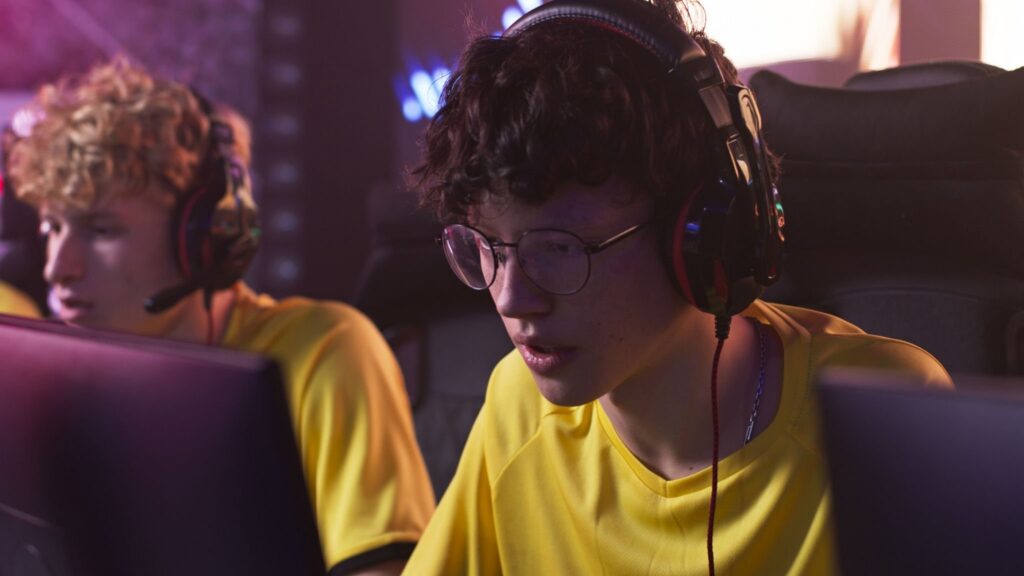
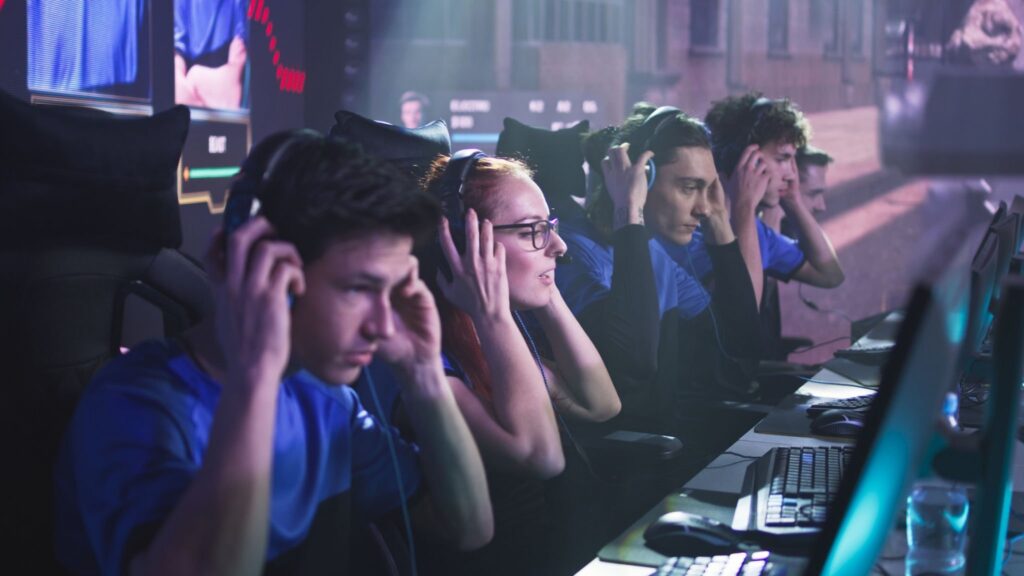
In addition to the benefits for the high schools, the Esports high school league can also provide opportunities for college recruitment and scholarships. With the popularity of Esports growing rapidly, many colleges and universities are now offering scholarships to talented gamers. By participating in the Esports high school league and using the small footprint simulator, students can develop their skills and potentially earn scholarships to continue their education at a higher level. This can be a major incentive for students who may not have had the opportunity to pursue higher education otherwise.
Furthermore, the Esports high school league can also help to foster a sense of community and teamwork amongst students. As with traditional sports, participating in Esports can provide a sense of belonging and camaraderie amongst teammates. This can be particularly beneficial for students who may not excel in traditional sports or who may not have had the opportunity to participate in sports due to financial or other constraints. By offering a platform for fair and competitive gameplay, the Esports high school league can help to promote teamwork, sportsmanship, and community spirit.
Another advantage of the small footprint simulator in high schools is its versatility. The simulator can be used for a variety of disciplines beyond Esports, including flight training, driving simulations, and heavy equipment operation, among others. This allows schools to provide a wider range of educational opportunities to their students without the need for expensive equipment or resources. By investing in a single unit that can be easily adapted for different applications, schools can save on costs and provide more opportunities for their students.
Overall, the small footprint simulator offers a unique and innovative solution for high schools looking to enhance their educational programs. By partnering with the Esports high school league, schools can provide a platform for fair and competitive gameplay, promote teamwork and community spirit, and offer new opportunities for college recruitment and scholarships. With the simulator’s versatility and adaptability, schools can also expand their educational offerings to include a wider range of disciplines. As the popularity of Esports continues to grow, the small footprint simulator has the potential to become an essential tool for high schools looking to provide a comprehensive and engaging educational experience for their students

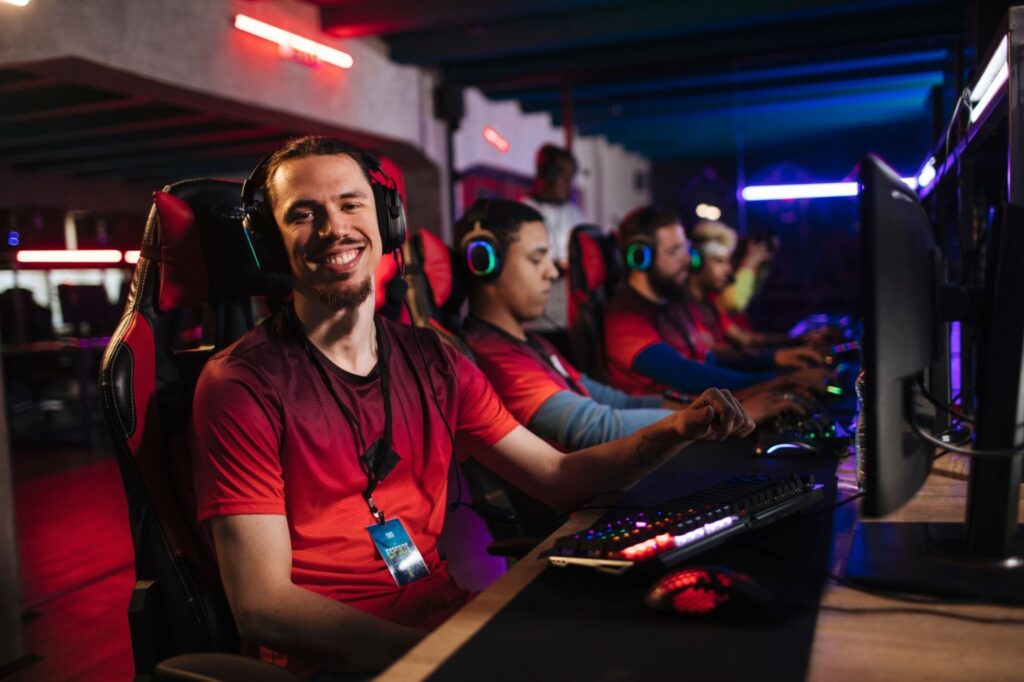
The Esports Community College League (ESCCL) is an exciting platform for community college students to engage in competitive video gaming while promoting the growth of esports in higher education. With the small footprint simulator, ECCL can offer its member colleges a unique opportunity to participate in competitive gaming without the need for expensive equipment. This program allows students to compete on a level playing field, giving every participant the same advantage, eliminating any perceived advantages based on equipment quality or capability.
The small footprint simulator can provide a range of benefits for community colleges in addition to esports competitions. For example, the simulator can be used for flight simulation or heavy equipment operation training. Students who pursue careers in these areas can benefit greatly from this kind of training, which can be more affordable and accessible than traditional methods. Community colleges can also use the simulator for general education and business applications. This type of training can help students prepare for a variety of career paths and build skills that are in high demand in the job market.
ECCL can also utilize the small footprint simulator to promote player development and military recruiting. By providing an opportunity for community college students to compete in esports, the league can encourage player development and foster a love of gaming. Additionally, the military can use this platform to recruit potential candidates who possess the skills and abilities necessary for a career in the military.
Sponsorship is another key advantage of the small footprint simulator for ECCL. The platform offers numerous opportunities for sponsors to advertise and promote their products and services. Sponsors can advertise on the pod graphics, jerseys, and other promotional materials, giving them valuable exposure to a new generation of consumers. Additionally, sponsors can offer scholarships to participating students, helping to fund their education while also promoting their brand. This kind of support can help students succeed and create a strong sense of community among participating colleges.
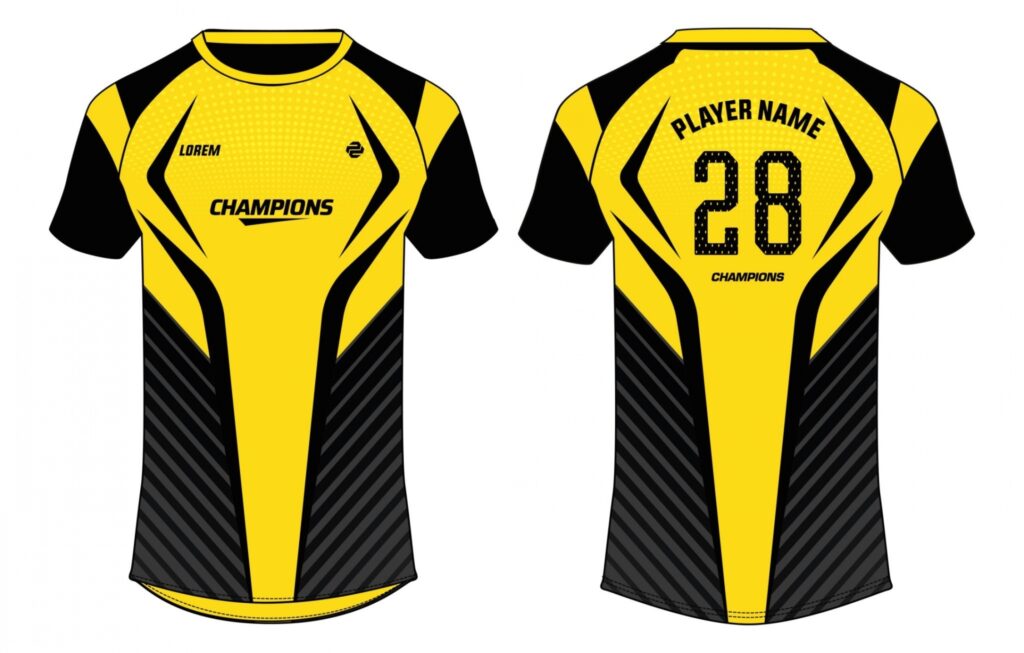
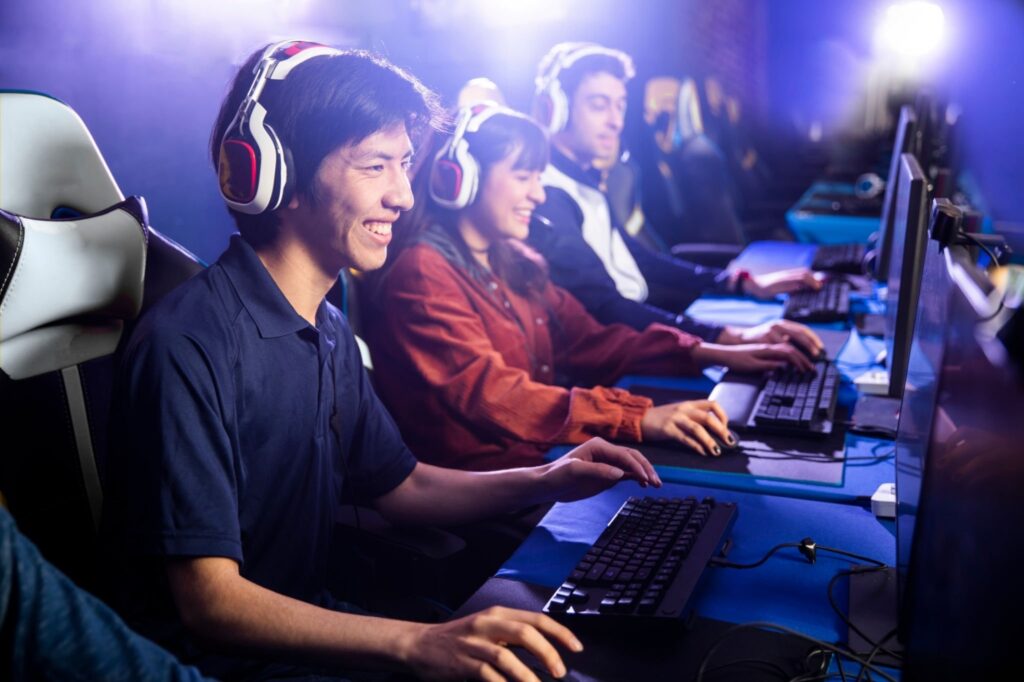
The use of NFTs (non-fungible tokens) can also be integrated into the ECCL experience. By creating unique digital assets that represent team logos, player avatars, and other in-game elements, NFTs can provide a new level of engagement for fans and players alike. NFTs can also be used as a means of generating revenue for participating colleges and the league as a whole.
By using the small footprint simulator, ECCL can create a more accessible and affordable esports experience for community college students. This program can help to level the playing field, providing every participant with the same opportunity to succeed. The simulator can also be used for other applications, such as flight simulation and heavy equipment operation training, helping students to develop skills that are in high demand in the job market. Sponsorship and player development opportunities, as well as military recruiting, provide additional benefits to the league and its member colleges. With the integration of NFTs, ECCL can create a truly unique and engaging esports experience that promotes growth and innovation in higher education.
The integration of esports into NCAA schools is becoming more prevalent as the popularity of esports continues to grow. However, implementing esports programs into traditional athletic programs presents unique challenges. The small footprint simulator offers a solution to these challenges by providing a versatile and mobile platform for esports competitions and training. With the ability to quickly set up and operate, the simulator can be utilized in a variety of formations to accommodate the specific needs of each school.
One of the key advantages of the small footprint simulator is its ability to serve multiple purposes. In addition to esports, the simulator can be used for a variety of applications, such as flight training, heavy equipment operation, and graphic arts. This versatility allows for more efficient use of resources and greater flexibility in planning and scheduling.


Another advantage of the small footprint simulator is its mobility. Traditional esports setups often require dedicated spaces, such as computer labs or gaming rooms. However, with the small footprint simulator, rooms can be quickly and easily converted into esports arenas. This allows for greater flexibility in scheduling and usage, as rooms can be repurposed for other activities when not in use for esports.
In addition, the small footprint simulator can be set up with projectors, allowing for more students to view the competition or training session. This can lead to greater interest and participation in esports programs, as well as offer a unique learning opportunity for students. With the addition of VR capabilities, the small footprint simulator can also offer an immersive and interactive learning experience that is not possible with traditional classroom setups.
Sponsorship and player development opportunities are also available with the implementation of the small footprint simulator in NCAA schools. The simulator offers a platform for promoting college scholarships, creating fair and equitable competition amongst schools, and developing player skills. This can lead to increased exposure for the esports programs and greater opportunities for players to advance their skills and careers.
Furthermore, the small footprint simulator can serve as a platform for military recruiting. With the ability to offer flight training and other military-related applications, the simulator can be used to introduce students to potential career opportunities in the military. This can provide a valuable service to both the military and the students, offering a unique and practical approach to career exploration.

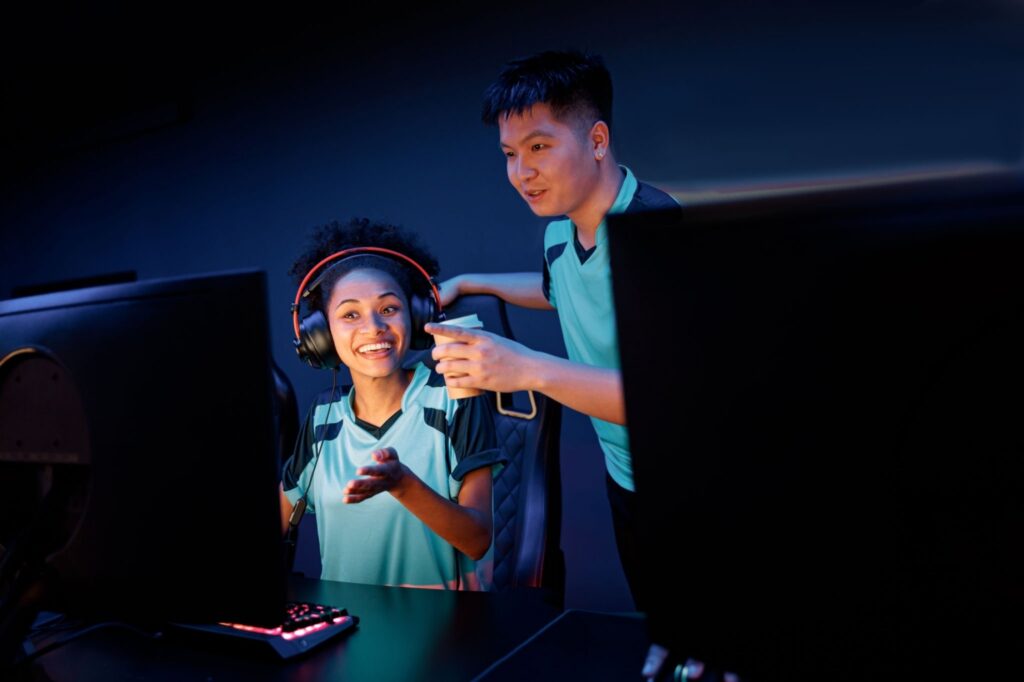
Overall, the small footprint simulator offers many advantages to NCAA schools looking to integrate esports programs into their athletic programs. With its versatility, mobility, and multi-purpose functionality, the simulator can provide a platform for esports competitions and training, as well as offer unique learning and career exploration opportunities for students. The potential for sponsorship and player development also presents opportunities for schools to expand and improve their esports programs. The implementation of the small footprint simulator can offer a competitive advantage for NCAA schools, both in terms of esports and in promoting career and educational opportunities for their students.
The small footprint simulator has the potential to revolutionize the way we educate and train individuals in a variety of different industries. With its versatility and mobility, it can be utilized in a wide range of settings and disciplines, offering a unique and effective approach to learning and skill development. By incorporating the small footprint simulator into our educational system, we can create a whole new generation of skilled workers who are prepared to succeed in the modern workforce.
One area where the small footprint simulator can be particularly beneficial is in general education. By using the simulator to teach a variety of subjects, from science and math to history and social studies, we can engage students in a way that is both interactive and immersive. This type of learning can be particularly effective for students who struggle with traditional classroom settings or who learn best through hands-on experience.

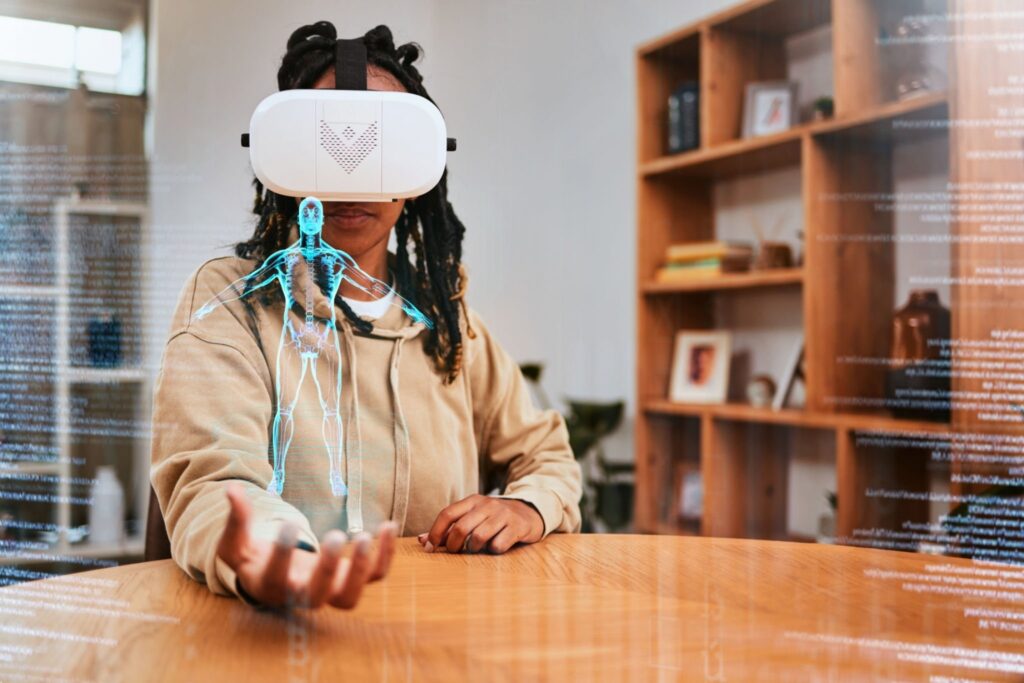
In addition to its use in traditional classroom settings, the small footprint simulator can also be utilized in vocational and technical training programs. For example, it can be used to train individuals in the operation of heavy equipment or in the mechanics of automobiles. By providing a safe and controlled environment for hands-on learning, the simulator can help individuals develop the skills they need to succeed in a variety of different industries.
Another area where the small footprint simulator can be particularly valuable is in healthcare education and training. By using the simulator to train medical professionals in a variety of procedures, from surgery to emergency care, we can improve patient outcomes and reduce the risk of errors. In addition, the simulator can be used to train individuals in a variety of different healthcare disciplines, from nursing to medical assisting, providing a comprehensive approach to healthcare education.
In the field of aviation, the small footprint simulator can be used to train individuals in a variety of different roles, from pilots to air traffic controllers. By providing a realistic and immersive environment for training, the simulator can help individuals develop the skills they need to succeed in these high-pressure and high-stakes roles. In addition, the simulator can be used to train individuals in a variety of different scenarios, from emergency procedures to routine operations, providing a comprehensive approach to aviation training.
In the construction industry, the small footprint simulator can be used to train individuals in a variety of different trades, from carpentry and masonry to electrical and plumbing work. By providing a safe and controlled environment for hands-on learning, the simulator can help individuals develop the skills they need to succeed in these physically demanding and technically complex trades. In addition, the simulator can be used to train individuals in a variety of different scenarios, from building a house to repairing a bridge, providing a comprehensive approach to construction training.


The small footprint simulator can also be used to train individuals in a variety of different computer and technology-related disciplines, from software development to cybersecurity. By providing a realistic and immersive environment for training, the simulator can help individuals develop the skills they need to succeed in these rapidly evolving and highly technical fields. In addition, the simulator can be used to train individuals in a variety of different scenarios, from programming a new application to responding to a cyber-attack, providing a comprehensive approach to technology training.
Overall, the small footprint simulator has the potential to create a whole new generation of skilled workers across a wide range of industries and disciplines. By providing a safe and controlled environment for hands-on learning, the simulator can help individuals develop the skills they need to succeed in the modern workforce. In addition, the simulator can be used to train individuals in a variety of different scenarios, providing a comprehensive and versatile approach to education and training. With its versatility and mobility, the small footprint simulator has the potential to transform the way we educate and train individuals, creating a more skilled and competent workforce that is prepared to meet the challenges of the 21st century.
The use of simulation technology has revolutionized the way people learn and train for various industries. The Native American population is one group that has a unique need for training in various fields, including farming, heavy equipment operation, and driving. The introduction of a small footprint simulator that can teach all of these skills in one unit could greatly benefit this community.
Native Americans have a deep connection to the land and often rely on agriculture as a way of life. However, the skills required for successful farming have evolved over time, and many Native Americans may lack the necessary training to keep up with modern farming practices. By utilizing a simulator, individuals can learn and practice a range of farming skills, from planting and harvesting to managing pests and irrigation systems. This type of training can not only improve crop yields but can also provide individuals with the skills needed to enter the agricultural workforce.


In addition to farming, many Native Americans also rely on heavy equipment operation for various industries, including mining and construction. The use of heavy equipment requires specialized training, which can be costly and difficult to obtain in rural areas. With a simulator, individuals can learn how to operate heavy machinery in a safe and controlled environment. This type of training can help bridge the skills gap for those who may not have access to traditional training programs.
Driving is also a crucial skill for many Native Americans, as many live in rural areas where public transportation is not readily available. A simulator can provide individuals with the opportunity to learn and practice safe driving techniques, including defensive driving and maneuvering in various weather conditions. This type of training can help reduce accidents and fatalities on the road, which is especially important in Native American communities, where traffic accidents are a leading cause of death.
Moreover, a small footprint simulator can be designed to incorporate elements of Native American culture and history, making the training experience more meaningful and engaging for learners. For example, the simulator can include scenarios that reflect traditional hunting practices or incorporate language and cultural elements to create a more immersive experience.
By targeting tech schools to offer this type of training, Native Americans can have access to a comprehensive program that covers various skills and industries. Additionally, this type of training can be tailored to meet the specific needs of different tribes and communities, providing a more personalized experience.

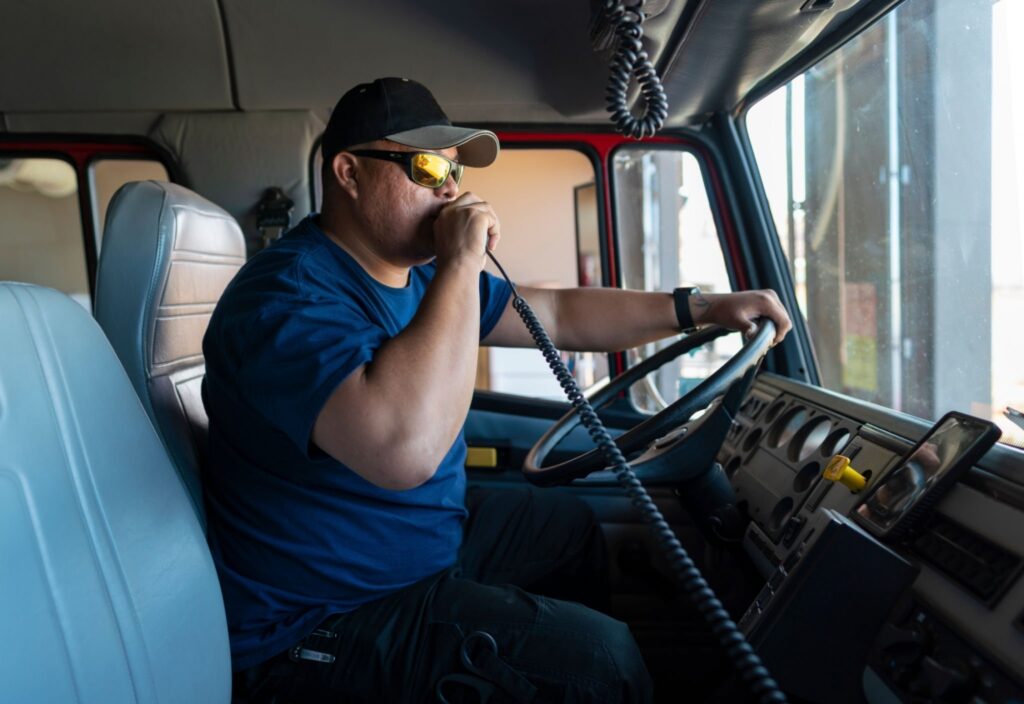
One potential challenge in implementing this solution is the cost associated with developing and purchasing the simulator technology. However, this cost can be offset by the long-term benefits of providing individuals with the necessary skills to succeed in various industries. Additionally, partnerships with government agencies or private companies can help to fund the development and implementation of this type of training program.
In conclusion, the use of a small footprint simulator to teach Native Americans how to fly, drive, farm, and operate heavy equipment is a valuable solution that could have a significant impact on the community. By providing access to comprehensive training programs, individuals can acquire the skills needed to enter the workforce, improve crop yields, and reduce traffic accidents. Furthermore, incorporating elements of Native American culture and history can create a more engaging and meaningful training experience for learners. With the right partnerships and funding, this solution has the potential to greatly benefit the Native American community.
EVOC (Emergency Vehicle Operations Course) training is a critical component of the training required for police officers, firefighters, and emergency medical technicians (EMTs). The purpose of EVOC training is to teach emergency responders how to safely and efficiently operate emergency vehicles in high-stress situations.
The importance of EVOC training cannot be overstated. Emergency responders often need to respond to emergency situations at high speeds and in difficult driving conditions. They need to be able to safely navigate through traffic, avoid obstacles, and make split-second decisions. EVOC training is designed to provide these responders with the necessary skills and knowledge to do so.


EVOC training typically involves a combination of classroom instruction and hands-on driving experience. The classroom portion covers topics such as vehicle dynamics, vehicle safety features, and basic driving techniques. The hands-on portion involves driving practice in a controlled environment, such as a closed course.
One challenge with EVOC training is that it can be difficult to provide hands-on training in a safe and controlled environment. Traditional EVOC training typically involves using real emergency vehicles and setting up a closed course. This can be expensive and time-consuming, and may not be feasible for smaller departments or agencies with limited resources.
To address this challenge, some companies are now offering virtual EVOC training. Virtual EVOC training involves using driving simulators and virtual reality technology to simulate real-world driving scenarios. These simulators can provide a realistic driving experience and allow emergency responders to practice their driving skills in a safe and controlled environment.
Virtual EVOC training offers several advantages over traditional EVOC training. One advantage is that it can be more cost-effective. Setting up a closed course and using real emergency vehicles can be expensive, whereas virtual EVOC training can be done using simulators that are already available.


Another advantage of virtual EVOC training is that it can be more convenient. Traditional EVOC training typically requires emergency responders to travel to a training facility and spend several days away from their jobs. Virtual EVOC training can be done on-site, at a department’s own training facility. This can save time and money, and can allow emergency responders to receive training without being away from their jobs for extended periods of time.
Virtual EVOC training also allows emergency responders to practice their driving skills in a more realistic and dynamic environment. Simulators can be programmed to simulate a wide range of driving conditions, such as rain, snow, and fog, and can also simulate high-stress emergency driving situations. This can help emergency responders to develop the necessary skills to safely and efficiently operate emergency vehicles in real-world situations.
One potential drawback of virtual EVOC training is that it may not provide the same level of tactile feedback as traditional EVOC training. Emergency responders may not be able to feel the same physical sensations as they would when driving a real emergency vehicle. However, many simulators are designed to provide a realistic driving experience that includes a high degree of tactile feedback, such as realistic steering and braking.
Overall, virtual EVOC training is an exciting development in the field of emergency response training. By providing emergency responders with a safe, cost-effective, and realistic training environment, virtual EVOC training can help to ensure that emergency responders are equipped with the necessary skills and knowledge to operate emergency vehicles safely and efficiently. As technology continues to improve, it is likely that virtual EVOC training will become even more sophisticated, providing an even more realistic and effective training experience for emergency responders.

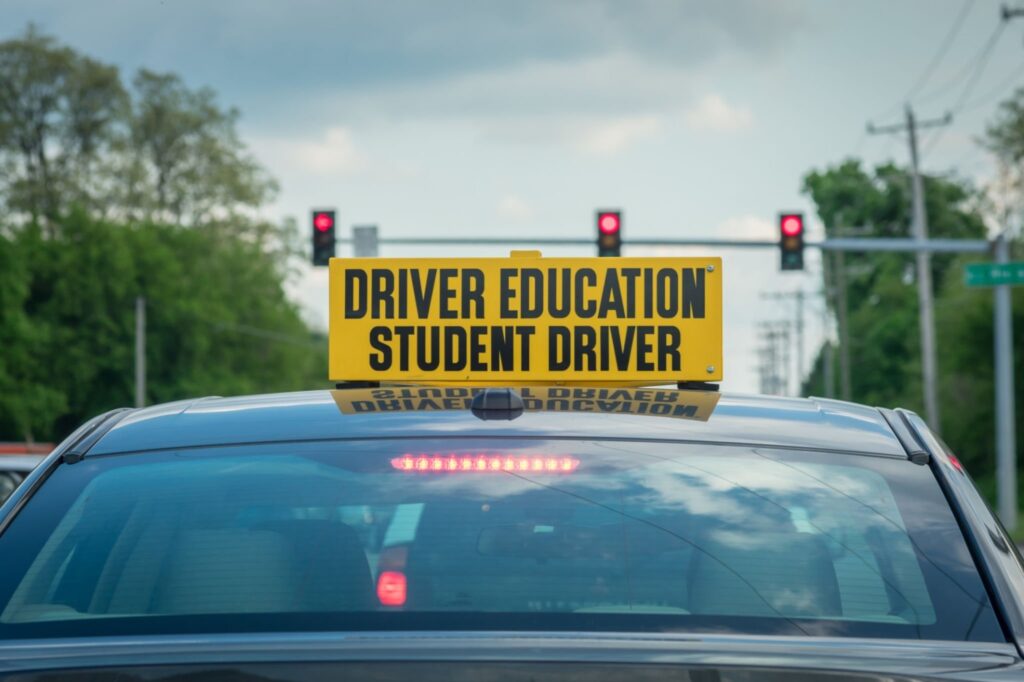
Driving simulators have become increasingly popular in recent years, not just for entertainment purposes but also for training and education. One area in which driving simulators are particularly useful is in driver education, where they can be used to teach safe driving practices to high school students and those seeking commercial driver’s licenses (CDLs). Additionally, simulators can be used to train individuals in boating ship navigation and rail driving, making them versatile tools for a wide range of industries.
One of the biggest advantages of using driving simulators for education and training is that they provide a safe and controlled environment in which individuals can learn and practice driving skills without the risks associated with real-world driving. This is particularly important for novice drivers who are just learning how to drive and may be more prone to making mistakes. Simulators allow them to practice driving in a variety of scenarios, including hazardous conditions, without putting themselves or others in danger.
In the case of high school driver education, simulators can be used to teach basic driving skills such as turning, braking, and parking. Simulators can also be used to teach more advanced skills such as defensive driving, hazard perception, and risk management. By using simulators, students can gain valuable experience and confidence behind the wheel before they ever get behind the wheel of a real car.
For individuals seeking CDLs, simulators can be used to teach the specific skills and knowledge required to operate commercial vehicles safely and efficiently. This includes skills such as maneuvering large vehicles in tight spaces, operating vehicles with air brakes, and managing heavy loads. Simulators can also be used to teach the rules and regulations that govern commercial driving, such as hours-of-service requirements and weight restrictions.
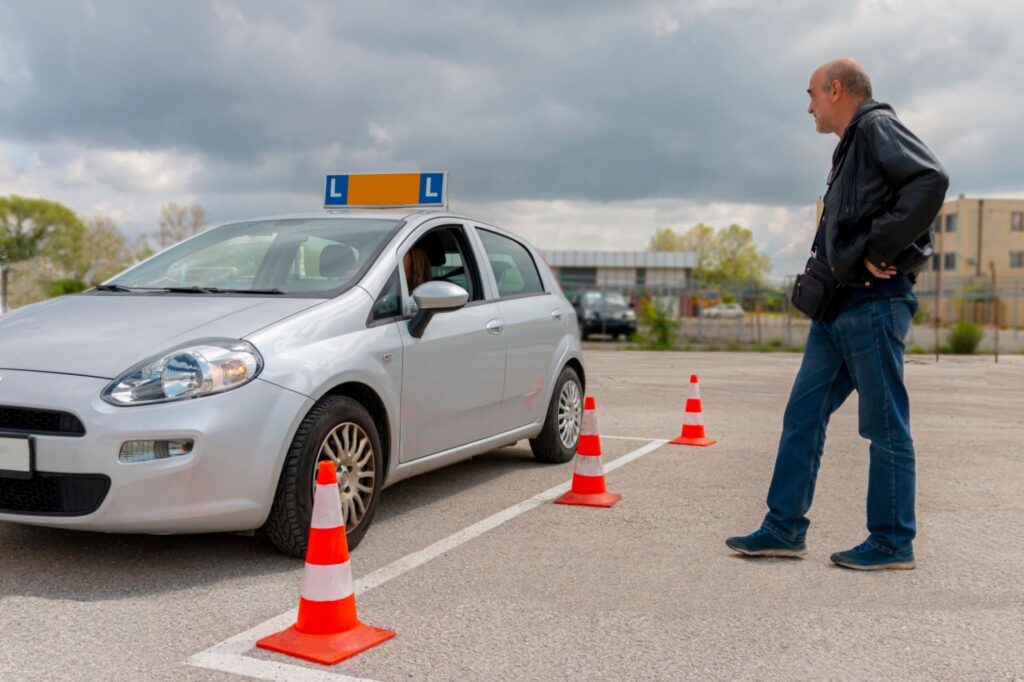
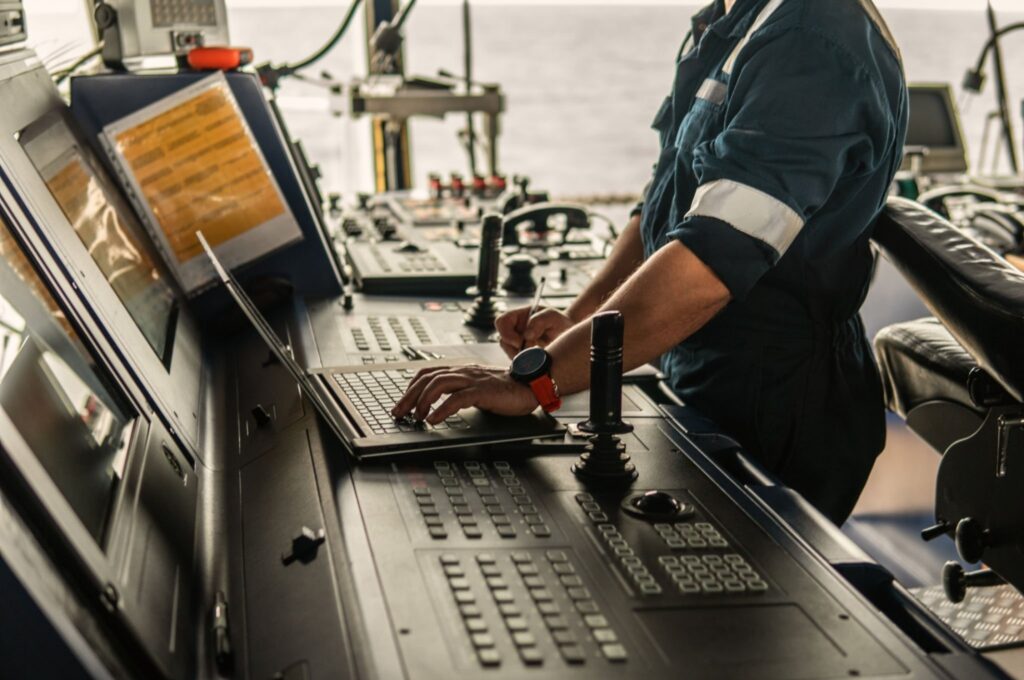
In the boating industry, simulators can be used to teach ship navigation skills in a variety of conditions and environments, including coastal waters, rivers, and harbors. This includes skills such as reading charts, using navigational aids, and responding to emergencies such as storms or engine failures. By using simulators, boating enthusiasts can gain the experience and knowledge they need to safely navigate waterways and avoid accidents.
Similarly, rail driving simulators can be used to teach train operators the skills and knowledge they need to operate trains safely and efficiently. This includes skills such as managing train speed and braking, operating switches and signals, and responding to emergencies such as derailments or collisions. By using simulators, rail companies can ensure that their employees are well-trained and prepared to handle a variety of scenarios.
While simulators are not a replacement for real-world driving, boating, or rail operating experience, they can be a valuable supplement to traditional training methods. By providing a safe and controlled environment in which individuals can practice and learn, simulators can help reduce the risk of accidents and injuries, while also helping individuals gain the experience and confidence they need to succeed.
In addition to their practical benefits, driving simulators can also be a cost-effective solution for training and education. Compared to the costs associated with real-world training, including fuel, maintenance, and insurance, simulators are relatively inexpensive to operate and maintain. This makes them an attractive option for organizations and institutions that need to train large numbers of individuals.
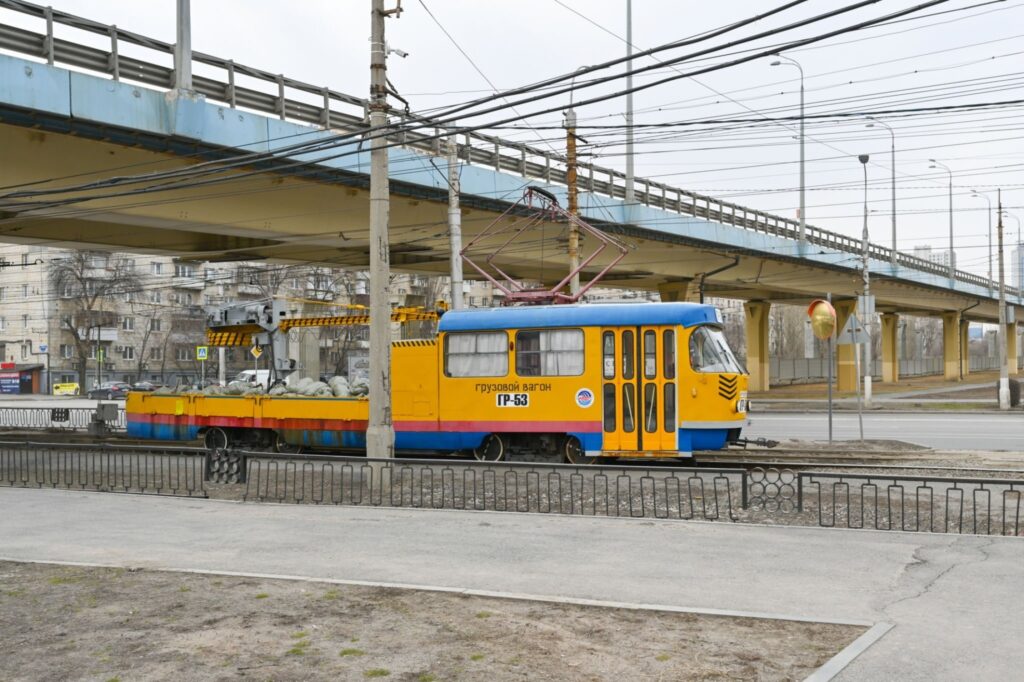

In summary, driving simulators have become an important tool in driver education, CDL training, boating ship navigation, and rail driving. By providing a safe and controlled environment in which individuals can practice and learn, simulators can help reduce the risk of accidents and injuries, while also helping individuals gain the experience and confidence they need to succeed. As technology continues to improve, we can expect to see more advanced and sophisticated simulators that provide even greater benefits to learners and educators alike.
In recent years, there has been an increased demand for skilled workers in the fields of forklift operation, heavy equipment operation, and farming. As these industries continue to grow and evolve, the need for trained professionals to operate these machines safely and efficiently has become increasingly important. To meet this demand, a new solution has emerged: targeting tech schools to teach students how to operate forklifts, heavy equipment, and farming machinery.
Tech schools, also known as vocational or trade schools, are educational institutions that focus on providing students with hands-on training in a specific trade or skill set. These schools often have close relationships with industry partners, which allows them to tailor their programs to the needs of the job market. By targeting tech schools to teach forklift operation, heavy equipment operation, and farming, the industry is able to provide a pipeline of skilled workers to fill these roles

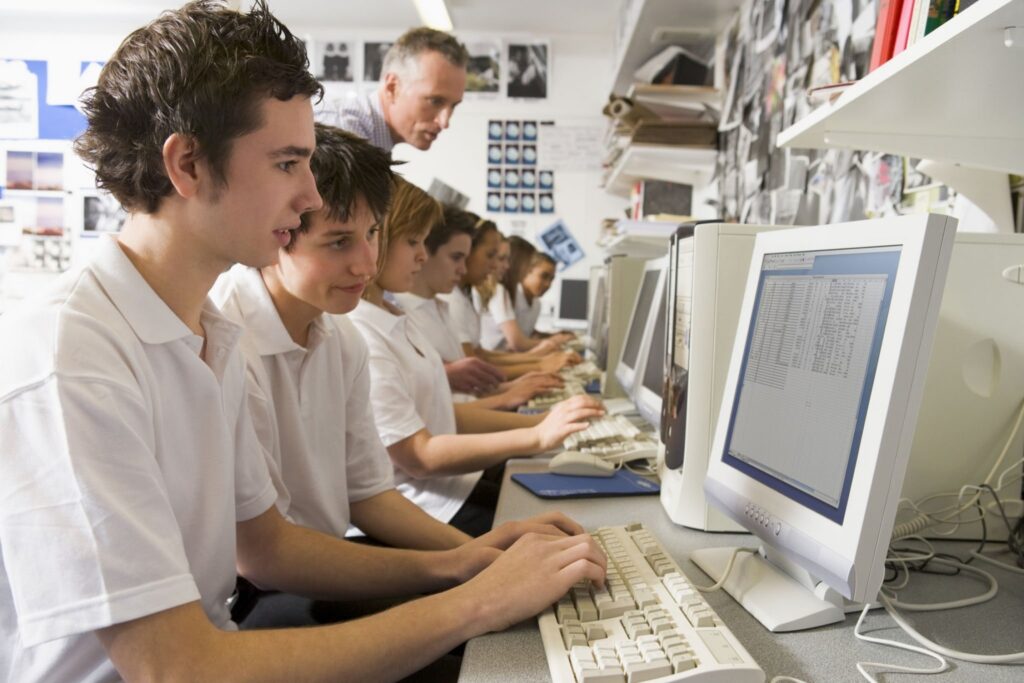
One major advantage of targeting tech schools is that students are able to receive specialized training in a shorter amount of time than they would at a traditional college or university. Many tech school programs can be completed in as little as six months, which means that graduates can enter the workforce more quickly and start earning a living wage. This can be particularly beneficial for individuals who may not have the resources to attend a four-year college or who prefer to learn through hands-on experience.
In addition, targeting tech schools for this type of training can help to address the skills gap that currently exists in many industries. The skills gap refers to the disconnect between the skills that employers are looking for and the skills that job seekers actually possess. By working with tech schools to develop training programs that are tailored to the needs of the industry, employers can ensure that there is a pipeline of skilled workers available to fill the open positions that they have
Another advantage of targeting tech schools is that it allows the industry to attract a more diverse pool of candidates. Many tech schools have a diverse student population, which means that graduates of these programs may bring a wider range of perspectives and experiences to the workforce. In addition, tech schools often have lower barriers to entry than traditional colleges and universities, which means that individuals from lower-income backgrounds or who may not have had access to higher education in the past can still receive the training they need to succeed in these industries.
One specific area where targeting tech schools has been particularly successful is in the field of heavy equipment operation. Heavy equipment operators are responsible for operating machinery such as bulldozers, backhoes, and cranes, and they play a critical role in a variety of industries, including construction, mining, and transportation. By working with tech schools to provide training in this area, the industry is able to ensure that there is a pipeline of skilled workers available to fill these roles.


Similarly, forklift operation is a critical skill in many industries, including warehousing, logistics, and manufacturing. By targeting tech schools to provide training in forklift operation, the industry can ensure that there is a steady supply of skilled workers to fill these roles. In addition, by providing this training at the tech school level, employers can be assured that graduates have a solid understanding of the fundamentals of forklift operation, which can help to improve safety and reduce the risk of accidents on the job.
Finally, targeting tech schools for training in farming machinery operation can help to address the growing demand for skilled workers in the agriculture industry. As farming becomes increasingly technology-driven, the need for workers who are able to operate and maintain complex machinery continues to grow. By providing training in this area at the tech school level, the industry can ensure that there is a pipeline of skilled workers available to fill these roles and help to drive innovation in the agriculture industry.
In conclusion, targeting tech schools to teach students how to operate forklifts, heavy equipment, and farming machinery

The small footprint simulator has a wide range of applications in the transportation industry, including commercial driver’s license (CDL) training. There is currently a significant shortage of truck drivers in the United States, and utilizing the simulator at the high school and community college level can help train a new generation of skilled drivers.
By introducing CDL training at an earlier age, students can gain experience and skills that will make them more marketable to potential employers. The small footprint simulator can simulate a wide range of driving conditions, including different weather conditions, traffic scenarios, and even hazardous situations. This provides students with a comprehensive training experience that will prepare them for real-world driving.
Trucking companies and truck driving schools can also benefit from the small footprint simulator. By incorporating the simulator into their training programs, they can provide more efficient and effective training to their employees and students. This can result in safer drivers and lower costs for the company in terms of accidents and vehicle maintenance.
In addition to CDL training, the small footprint simulator can also be used for other transportation-related training, such as forklift operation, crane operation, and heavy equipment operation. This allows students to gain experience in a wide range of skills and can help them become more valuable employees in the transportation industry.
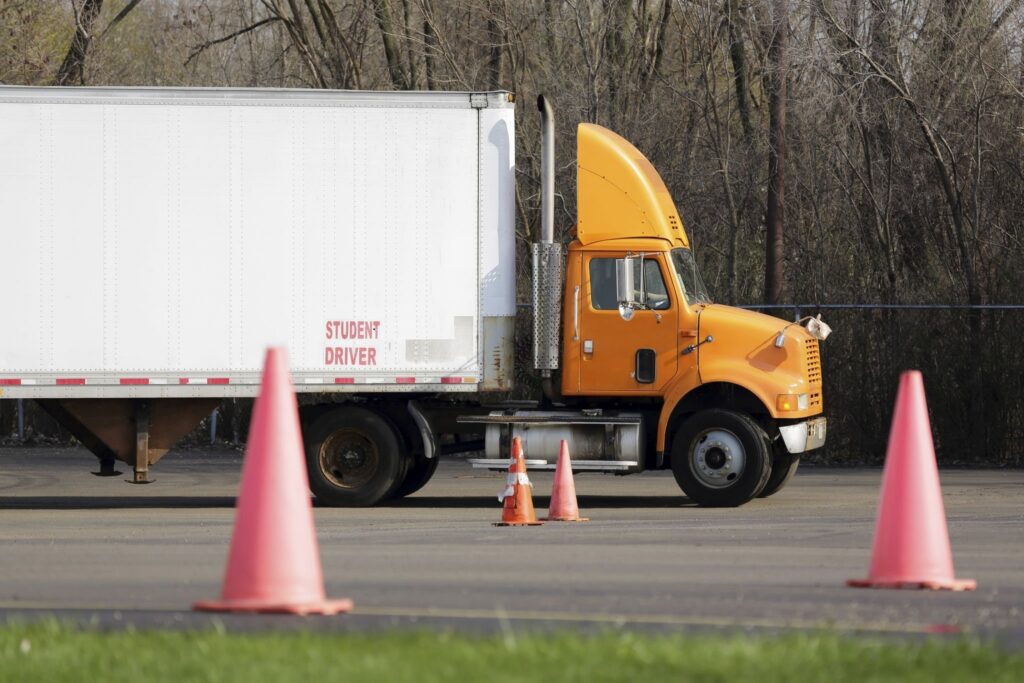

The small footprint simulator can also be used for continuing education and skills enhancement for current drivers. By offering training sessions with the simulator, trucking companies can help their drivers stay up-to-date on the latest technologies and safety protocols. This can help reduce accidents and increase efficiency, resulting in lower costs for the company.
At the high school and community college level, the small footprint simulator can also help students gain valuable job skills in the transportation industry. This can include not only CDL training but also logistics management, supply chain management, and other related fields. By incorporating the simulator into their curriculum, schools can provide a more comprehensive education that prepares students for real-world careers.
The small footprint simulator can also be used for military training, particularly for the transportation branch of the armed forces. By simulating different driving scenarios, soldiers can gain valuable experience in a safe and controlled environment. This can help prepare them for real-world missions and increase their effectiveness in the field.
Overall, the small footprint simulator has significant advantages for CDL training at the high school and community college level, as well as for trucking companies and truck driving schools. By providing a comprehensive and efficient training experience, the simulator can help train a new generation of skilled drivers and transportation professionals. It can also be used for continuing education and skills enhancement for current drivers, resulting in safer and more efficient transportation operations.
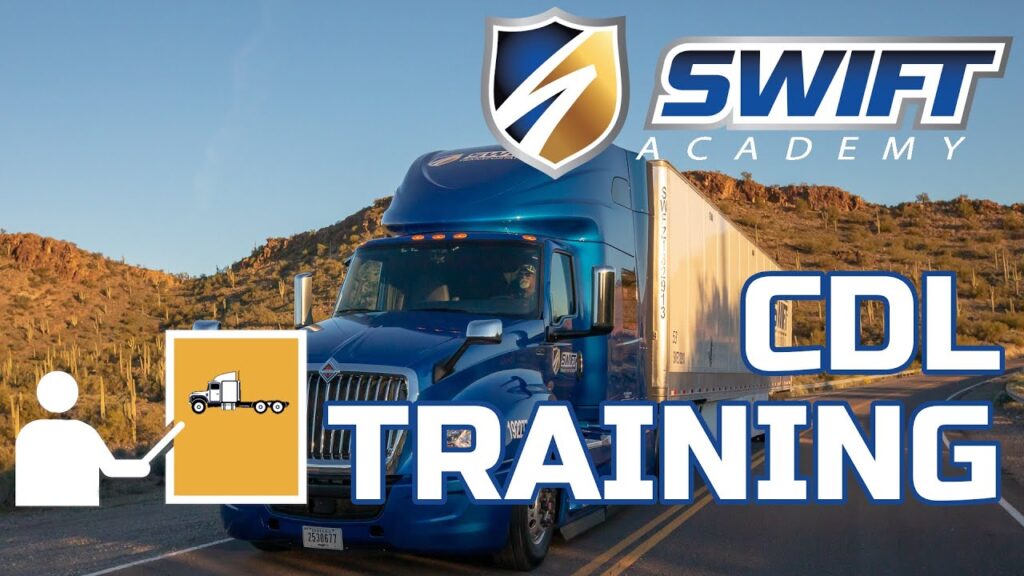
The small footprint simulator can be a valuable tool in the agricultural industry, specifically in farming simulation and development. By partnering with companies like Caterpillar and John Deere, the simulator can offer a realistic and controlled environment for training and development.
The simulator can provide a platform for farmers to learn and practice new techniques, equipment operation, and crop management. For example, by simulating the use of different types of farm machinery, farmers can improve their skills and efficiency. They can also practice different types of soil management, such as tillage and planting techniques, and irrigation strategies.
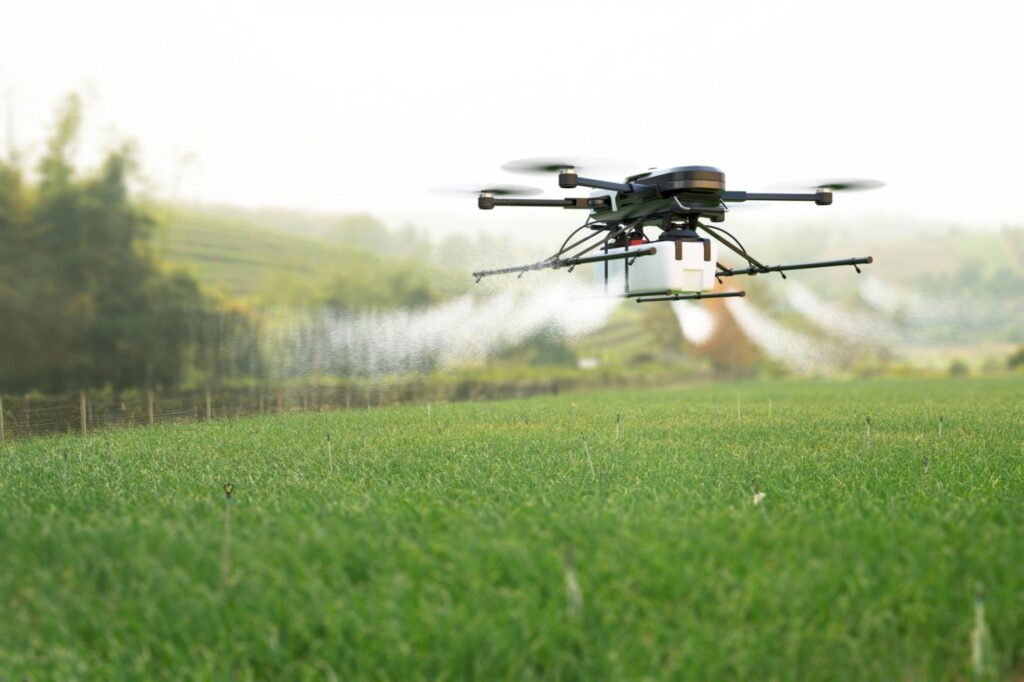

One of the main advantages of the small footprint simulator is its ability to replicate a variety of real-life scenarios. For example, it can simulate different weather conditions and natural disasters, allowing farmers to prepare and respond appropriately. It can also simulate different crop yields and pest infestations, enabling farmers to test various strategies for dealing with these issues.
Additionally, the simulator can be used to develop and test new farming technologies and innovations. By creating a controlled environment, it allows for the testing of new machinery, crops, and techniques without risking the real-world consequences of failure. This can help speed up the development process and lead to more efficient and effective farming practices.
Partnering with Caterpillar and John Deere, the simulator can also offer training and certification for the operation of their machinery. This can improve safety, efficiency, and effectiveness on the farm. It can also lead to better job opportunities for those with the necessary skills and certifications.
Furthermore, the simulator can provide valuable data for farmers to analyze and improve their practices. For example, it can track and analyze factors such as soil moisture, temperature, and nutrient levels. This can help farmers make more informed decisions about their crop management strategies.

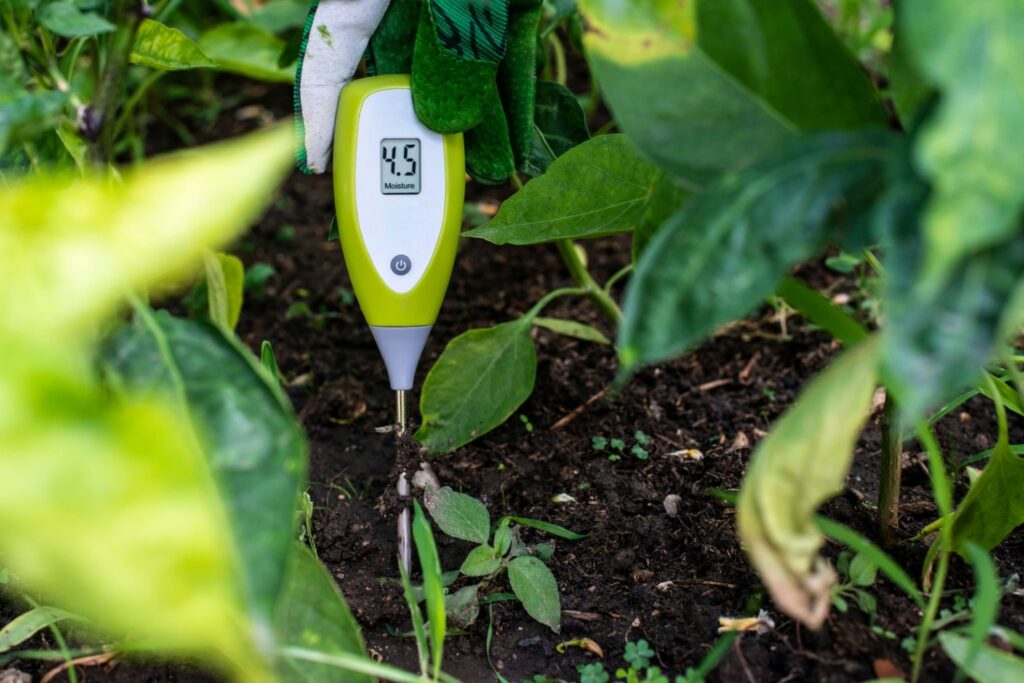
In addition to its use in training and development, the small footprint simulator can also be used for marketing and promotional purposes. For example, farmers and agribusinesses can use the simulator to showcase their products and services at trade shows and events. They can also create marketing materials and videos featuring the simulator in action.
Overall, the small footprint simulator has significant potential for the agricultural industry. By partnering with companies like Caterpillar and John Deere, it can offer valuable training and development opportunities for farmers. It can also help improve efficiency, effectiveness, and safety on the farm. And with its ability to simulate a variety of scenarios, it can lead to the development of new farming technologies and innovations.
The shipping industry is one of the largest industries in the world, encompassing everything from small yachts to major freighters. The industry is critical to the global economy, with over 90% of the world’s goods transported by sea. However, the industry is facing a shortage of qualified personnel, including ship captains and crew. The introduction of the small footprint simulator into the industry could help address this shortage by providing younger individuals with the opportunity to learn the skills required to operate ships.
By utilizing the small footprint simulator in shipping education, students can learn the necessary skills for operating ships and managing cargo. With the use of shipping attachments and controls, students can learn how to navigate through different weather conditions, how to handle cargo, and how to properly operate the vessel. The simulator can provide a safe and controlled environment for students to learn the necessary skills without risking real-life consequences.

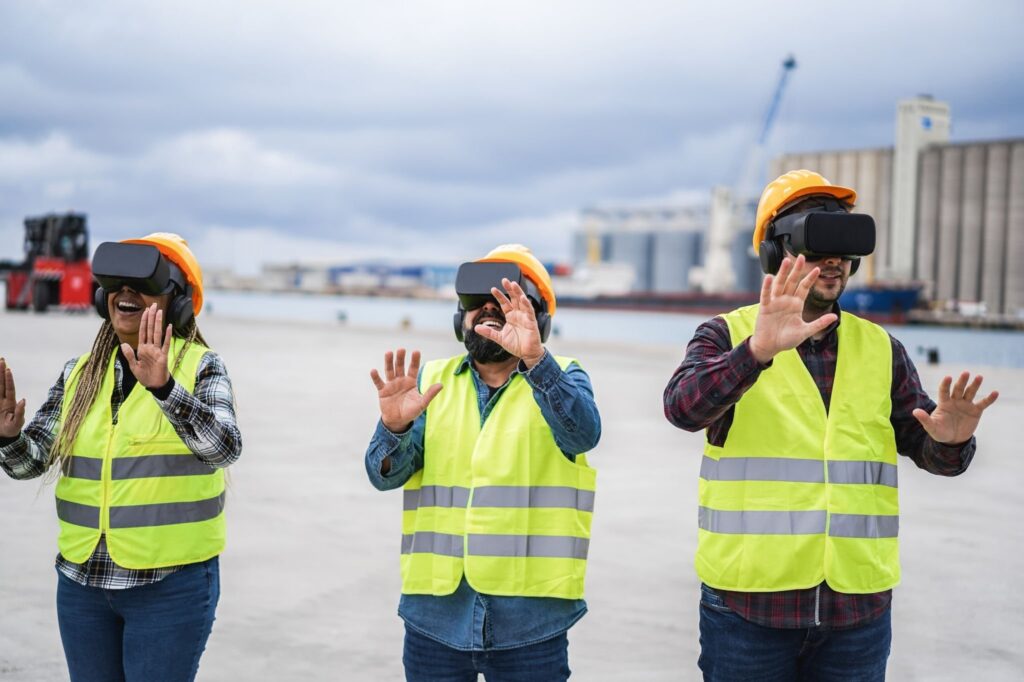
The shipping industry is constantly evolving, with new technologies and advancements being introduced regularly. The small footprint simulator can keep up with these changes by providing simulations that incorporate the latest technology and techniques. This allows students to learn and train on the most up-to-date equipment and methods, providing them with a competitive edge when it comes to finding employment in the industry.
In addition to helping students learn the skills necessary for operating ships, the small footprint simulator can also help transform the shipping industry in other ways. For example, with the increasing concern for environmental impact, the simulator can be used to train individuals on eco-friendly shipping practices. This can include learning how to minimize fuel consumption and carbon emissions, as well as how to properly dispose of waste.
Furthermore, the use of the small footprint simulator can help bridge the gap between traditional shipping practices and the new age of technology. With advancements such as autonomous ships and drones, the industry is moving towards a more technologically advanced future. The small footprint simulator can be used to train individuals on these new technologies, allowing for a smooth transition into this new era of shipping.
Partnering with major companies in the industry such as Caterpillar and John Deere can provide even more benefits for the use of the small footprint simulator in shipping education. These companies can provide their expertise in the development of simulation attachments and controls, ensuring that the simulations are as realistic and effective as possible. Additionally, these partnerships can lead to more opportunities for students, such as internships or job opportunities after graduation.


Overall, the introduction of the small footprint simulator into the shipping industry can have a significant impact on the industry’s future. By providing younger individuals with the opportunity to learn and train on the necessary skills, the industry can help address the shortage of qualified personnel. The simulator can also be used to train individuals on eco-friendly practices and new technologies, leading to a more efficient and sustainable industry. Partnering with major companies in the industry can provide even more benefits, creating opportunities for students and ensuring that the simulations are as realistic and effective as possible.
The railway transportation system is one of the most efficient and eco-friendly means of transportation globally. However, the industry is experiencing a significant shortage of qualified employees due to the aging workforce. The small footprint simulator can play a crucial role in the training and development of young participants and those interested in railway transportation.
The small footprint simulator can provide a safe and controlled environment for trainees to practice and develop their skills. This simulator can recreate various scenarios that occur in real life, such as inclement weather, emergency situations, and technical malfunctions. The simulator’s ability to create different scenarios allows trainees to prepare for any potential situation that may arise while operating a train.


Moreover, the small footprint simulator can be used as a tool to advance interest in railway transportation among younger participants. It can help in creating a fun and engaging way of learning by using interactive and competitive games. The simulator can be programmed to track the progress of each participant, which can create a healthy competition and encourage participants to improve their skills continuously.
Another advantage of the small footprint simulator is its ability to gather and analyze data. The simulator’s data collection system can monitor and record every movement and decision made by the trainee, which can be used to identify areas that require improvement. The data collected by the simulator can also be used to develop advanced analytics that can help in predicting potential malfunctions and prevent accidents.
In addition to providing training and advancing interest, the small footprint simulator can also assist in the development of gaming and competition tools to improve the higher ability through the simulator. These tools can be used to develop various skill levels, allowing trainees to improve their performance continually. The gaming and competition tools can also create a friendly and competitive environment that can encourage trainees to push themselves further and achieve higher goals.
The small footprint simulator can also be utilized in the railway industry’s ongoing efforts to implement new technologies. The industry is constantly looking for ways to improve their operations by implementing new technologies such as autonomous trains and advanced signaling systems. The simulator can be used to train and develop employees to adapt to these new technologies and improve their efficiency.


Furthermore, the small footprint simulator can assist in the creation of a standard training program across the railway industry. Currently, there is no standard training program for train operators, which can lead to discrepancies in the level of training provided. The small footprint simulator can provide a standardized training program that can be used across the industry, ensuring that all train operators are adequately trained and equipped to operate a train safely and efficiently.
In conclusion, the small footprint simulator can play a crucial role in the training and development of young participants and those interested in the railway transportation industry. Its ability to provide a safe and controlled environment, advance interest, and gather and analyze data can create a whole new generation of qualified employees. Additionally, the simulator can assist in the development of gaming and competition tools, assist in implementing new technologies, and provide a standardized training program. The railway industry can benefit significantly from the implementation of the small footprint simulator, ensuring the industry’s sustainability and growth for years to come.
The world of Esports is rapidly expanding, and with it, the opportunities for betting in casinos. The thrill of watching skilled players compete against each other is undeniable, and many are eager to place bets on the outcome. However, there are significant challenges when it comes to handicapping Esports matches, as there is no standardized equipment or settings for players to use. This is where the Esports pod from USA Entertainment Ventures, LLC can make a significant impact.
Our Esports pod offers a controlled environment for players to compete in. Everyone operates on the same equipment with a controlled bond rate, ensuring that all of the competition is fair and equitable. This controlled environment eliminates any advantages that may be gained by using customized equipment or settings, creating a level playing field for all participants.
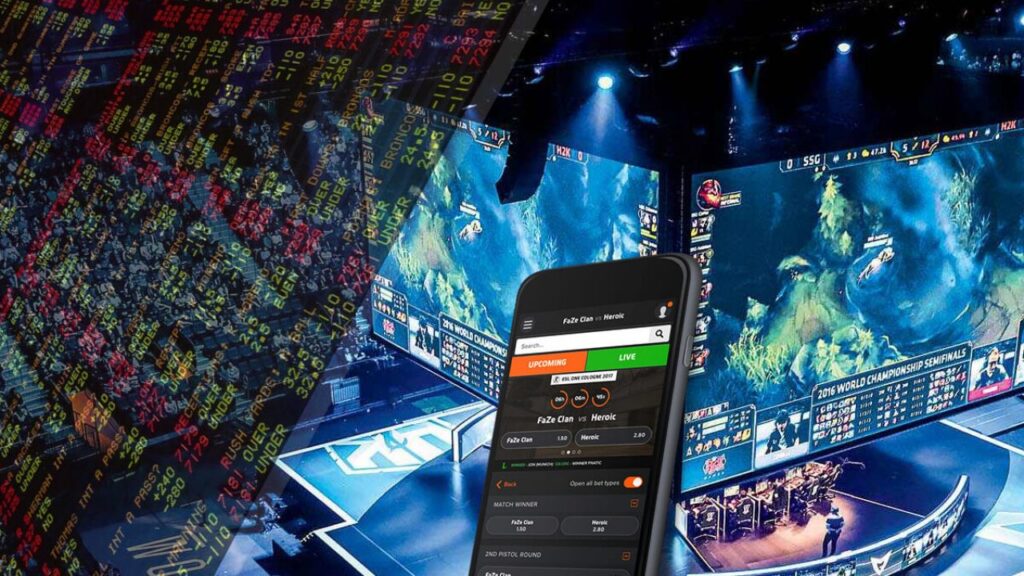

Moreover, our small footprint simulator has the added advantage of creating data for handicapping. Eye movement, keystrokes, mouse clicks, and AI analytics can all be captured, offering valuable insights into how players approach the game. This data can be used to inform handicapping decisions and provide more accurate odds for betting.
In addition to the benefits for casinos and betting, the Esports pod also offers numerous advantages for players and Esports teams. The controlled environment allows players to focus on their skills and strategies, without having to worry about potential equipment or setting advantages for their opponents. This creates a more competitive and challenging environment, ultimately improving the overall quality of the matches.
Furthermore, the small footprint simulator offers the opportunity for teams to train and practice in a controlled environment. This can be especially useful for professional teams who may not have access to high-quality equipment or facilities. With the Esports pod, teams can train in a setting that mimics actual competition conditions, giving them a significant advantage in actual matches.
Another benefit of our Esports pod is its potential for use in education. With the increasing popularity of Esports, many schools are introducing Esports programs and clubs. The Esports pod offers a controlled and standardized environment for students to practice and compete in, creating a safe and fair environment for all participants. Additionally, the data collected from the pod can be used for educational purposes, allowing students to analyze their own performance and improve their skills.

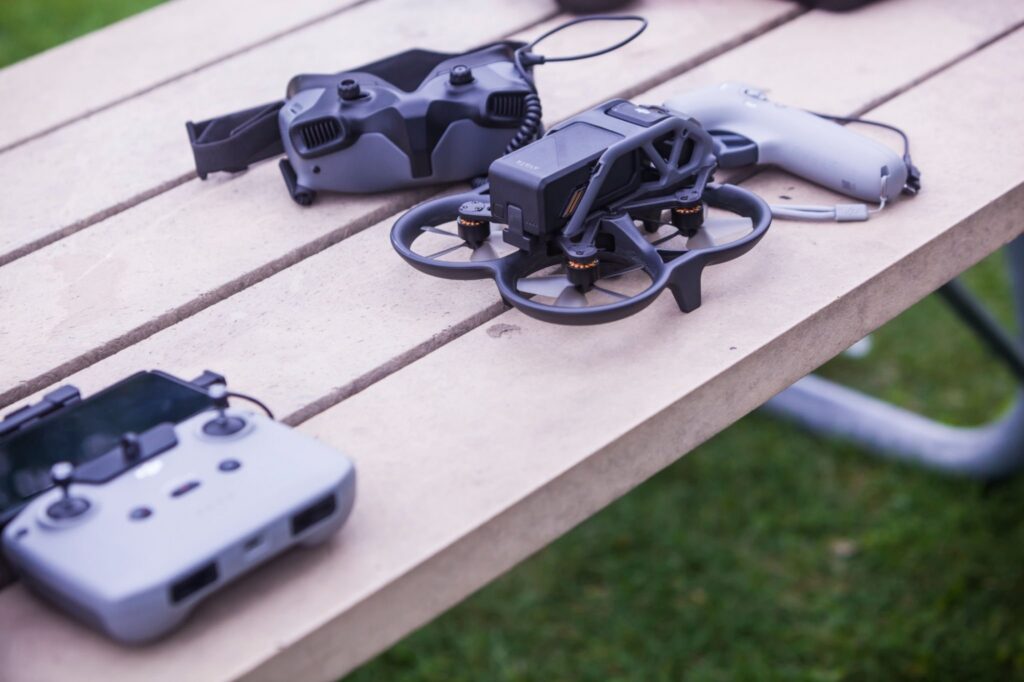
Overall, the Esports pod from USA Entertainment Ventures, LLC offers numerous advantages for the world of Esports. By providing a controlled environment for competition, the pod ensures fairness and accuracy in handicapping for betting and creates a challenging and competitive environment for players. Additionally, its potential for use in training and education makes it a valuable tool for teams, schools, and individuals looking to improve their Esports skills.
The world of Esports is rapidly expanding, and with it, the opportunities for betting in casinos. The thrill of watching skilled players compete against each other is undeniable, and many are eager to place bets on the outcome. However, there are significant challenges when it comes to handicapping Esports matches, as there is no standardized equipment or settings for players to use. This is where the Esports pod from USA Entertainment Ventures, LLC can make a significant impact.
Our Esports pod offers a controlled environment for players to compete in. Everyone operates on the same equipment with a controlled bond rate, ensuring that all of the competition is fair and equitable. This controlled environment eliminates any advantages that may be gained by using customized equipment or settings, creating a level playing field for all participants.


Moreover, our small footprint simulator has the added advantage of creating data for handicapping. Eye movement, keystrokes, mouse clicks, and AI analytics can all be captured, offering valuable insights into how players approach the game. This data can be used to inform handicapping decisions and provide more accurate odds for betting.
In addition to the benefits for casinos and betting, the Esports pod also offers numerous advantages for players and Esports teams. The controlled environment allows players to focus on their skills and strategies, without having to worry about potential equipment or setting advantages for their opponents. This creates a more competitive and challenging environment, ultimately improving the overall quality of the matches.
Furthermore, the small footprint simulator offers the opportunity for teams to train and practice in a controlled environment. This can be especially useful for professional teams who may not have access to high-quality equipment or facilities. With the Esports pod, teams can train in a setting that mimics actual competition conditions, giving them a significant advantage in actual matches.
Another benefit of our Esports pod is its potential for use in education. With the increasing popularity of Esports, many schools are introducing Esports programs and clubs. The Esports pod offers a controlled and standardized environment for students to practice and compete in, creating a safe and fair environment for all participants. Additionally, the data collected from the pod can be used for educational purposes, allowing students to analyze their own performance and improve their skills.
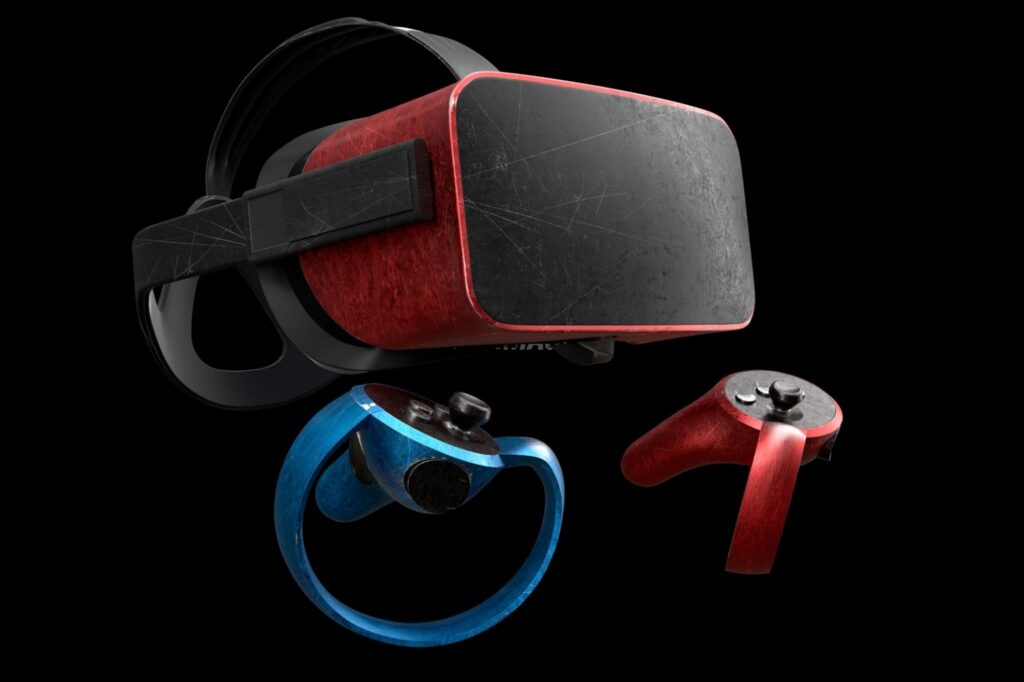

Overall, the Esports pod from USA Entertainment Ventures, LLC offers numerous advantages for the world of Esports. By providing a controlled environment for competition, the pod ensures fairness and accuracy in handicapping for betting and creates a challenging and competitive environment for players. Additionally, its potential for use in training and education makes it a valuable tool for teams, schools, and individuals looking to improve their Esports skills.
The small footprint simulator is not just a great educational tool, but it also presents an opportunity for sponsorships. The unit can be easily wrapped with sponsor logos and other branding material, allowing businesses to increase their visibility and exposure to potential customers.
This branding opportunity can be especially attractive to companies looking to target the demographic of individuals using the simulator. As previously mentioned, the unit has a wide range of applications and can be utilized by individuals of all ages, from 8 to 55. This presents a diverse group of potential customers that companies can target with their branding efforts.
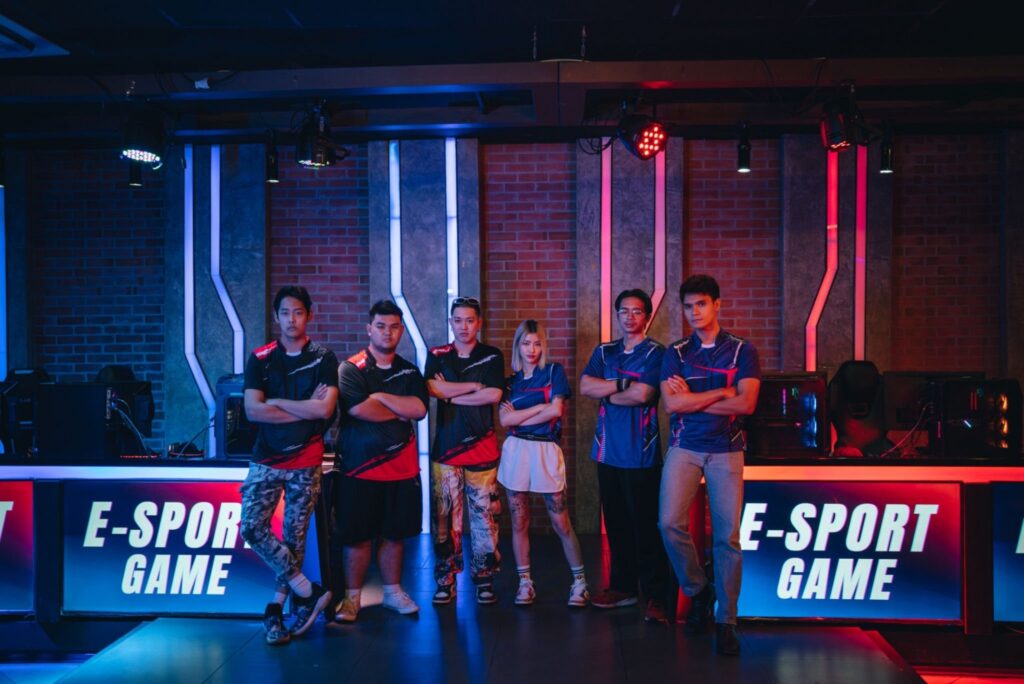

For example, companies in the aviation industry could sponsor the simulator for flight schools and utilize the branding opportunity to increase their visibility among aspiring pilots and aviation enthusiasts. Similarly, companies in the farming and heavy equipment industry could sponsor the simulator for tech schools and farming communities, targeting individuals interested in those fields.
Sponsorship branding can also be used for corporate training programs. Many companies require their employees to operate heavy machinery or equipment, and the small footprint simulator can provide a safe and controlled environment for such training. Companies can sponsor the unit and use the branding opportunity to promote their commitment to employee safety and training.
In addition to sponsor branding, the unit can also be used for promotional events and trade shows. Companies can showcase the simulator and allow attendees to try it out for themselves, further increasing brand exposure and potential leads.
Overall, the option for sponsor branding provides a valuable opportunity for companies to increase their visibility and promote their brand to a diverse demographic. It also provides an additional revenue stream for those involved in the production and distribution of the simulator.
Sponsorship is a crucial aspect of any competitive sport, and esports is no exception. With the growing popularity of esports, there are countless opportunities for brands to sponsor tournaments, teams, and players. The small footprint simulator opens up even more possibilities for sponsorships in esports, as it allows for more immersive and realistic gameplay.


One of the most obvious sponsorship opportunities with the small footprint simulator is in the graphics that wrap the unit. The graphics can be customized with a sponsor’s logo, name, and branding, providing them with exposure to a wide audience. This can be especially effective for brands that are targeting a specific demographic, such as gamers or esports enthusiasts.
In addition to the physical graphics on the unit, there are also opportunities for on-screen graphics during gameplay. This includes everything from in-game advertising to overlays on the stream. Brands can work with esports teams or event organizers to have their logos and branding displayed during matches or streams, providing them with even more exposure.
Content creation is another area where the small footprint simulator can be used to create sponsorship opportunities. Many esports teams and players have their own social media channels, where they share content with their followers. Brands can work with them to create sponsored content, such as gameplay highlights or behind-the-scenes footage, which can be shared on social media and other platforms.
NFTs, or non-fungible tokens, are another area where the small footprint simulator can create sponsorship opportunities. NFTs are unique digital assets that can be bought and sold, and they are becoming increasingly popular in the world of esports. Brands can work with esports teams or players to create their own NFTs, which can be sold to fans as a way to support their favorite team or player.
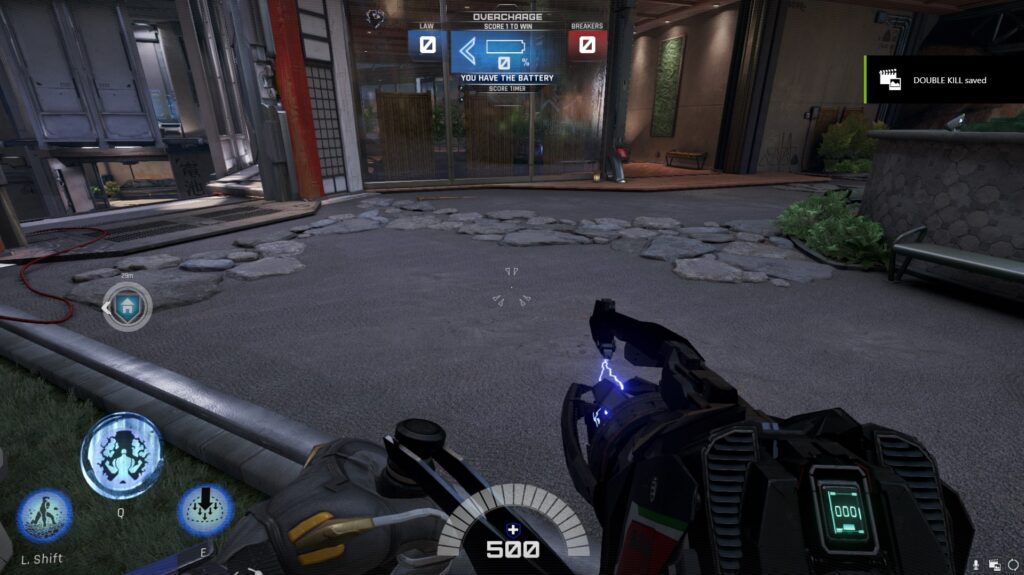

The Collegiate Esports League (CIL) program is also an area where the small footprint simulator can be used to create sponsorship opportunities. The CIL program provides a platform for collegiate esports teams to compete against each other, and sponsorship opportunities include jersey branding for team competition. Brands can work with teams to have their logos and branding displayed on jerseys during matches, providing them with exposure to a college-aged audience.
Overall, the small footprint simulator provides countless opportunities for brands to get involved in esports sponsorship. From physical graphics on the unit to on-screen overlays and content creation, there are many ways for brands to get involved and reach a wide audience of esports enthusiasts. As the esports industry continues to grow, the opportunities for sponsorship with the small footprint simulator will only continue to expand.
Artificial Intelligence (AI) has already had a significant impact on a variety of industries and is continuing to advance at a rapid pace. With the development of AI, the small footprint simulator can be utilized in a variety of new and exciting ways that were not previously possible. One potential application of AI with the small footprint simulator is the development of software that can learn from human interaction and improve over time. This could allow for more realistic simulations and a more interactive experience for users.
Another way AI can assist in the small footprint simulator is through the development of machine learning algorithms that can analyze user behavior and suggest improvements to the simulation. For example, if a user is struggling with a particular aspect of the simulation, the machine learning algorithm could suggest adjustments to the simulation to make it easier for the user to understand and improve their skills.


AI could also help in the creation of new educational experiences through the small footprint simulator. By analyzing data on user behavior and preferences, AI could generate personalized learning experiences that cater to each individual user’s needs and interests. This could make learning more engaging and effective, as users are more likely to be interested in content that is tailored to their needs.
In addition to enhancing the learning experience, AI could also be utilized in the development of virtual assistants that could help users navigate the small footprint simulator. These assistants could provide guidance, answer questions, and even assist with troubleshooting technical issues. This could be especially helpful for users who are new to the simulator and may be unsure of how to navigate the interface.
The integration of AI could also allow for more advanced simulations that can adapt to changes in the environment. For example, in a flight simulation, the AI could adjust the simulation to reflect changes in weather or other external factors that could impact the flight. This would create a more realistic and dynamic simulation that would better prepare users for real-world scenarios.
Another potential application of AI in the small footprint simulator is the creation of intelligent avatars that can interact with users in a more natural and engaging way. These avatars could use natural language processing to understand and respond to user input, allowing for more realistic interactions and a more immersive experience. This could be particularly useful in industries such as healthcare, where simulations could be used to train medical professionals in a more realistic and interactive environment.
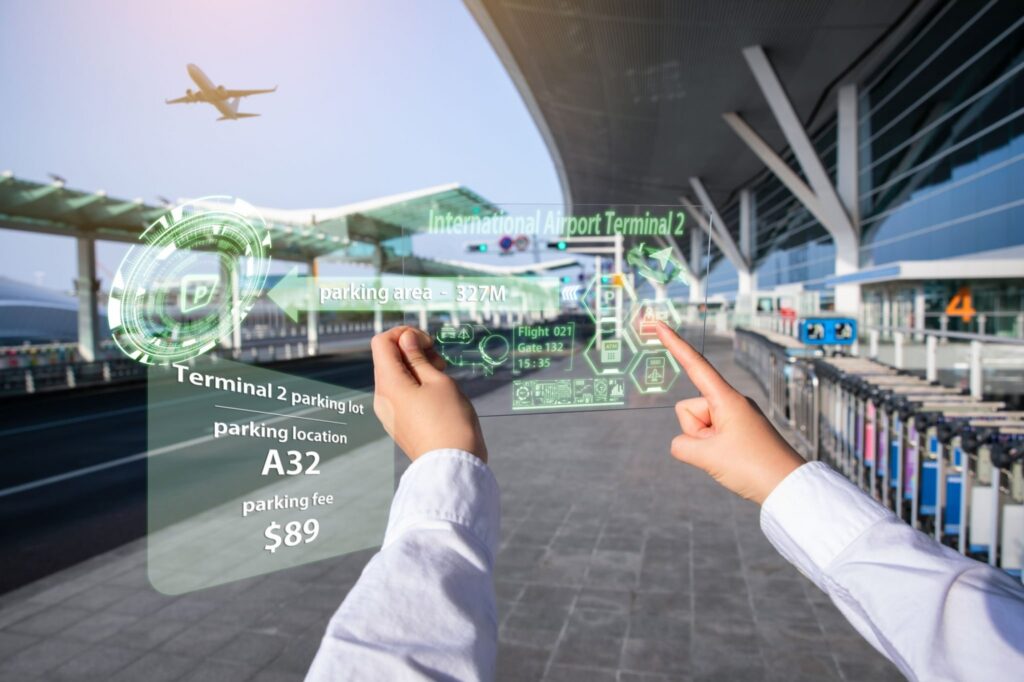
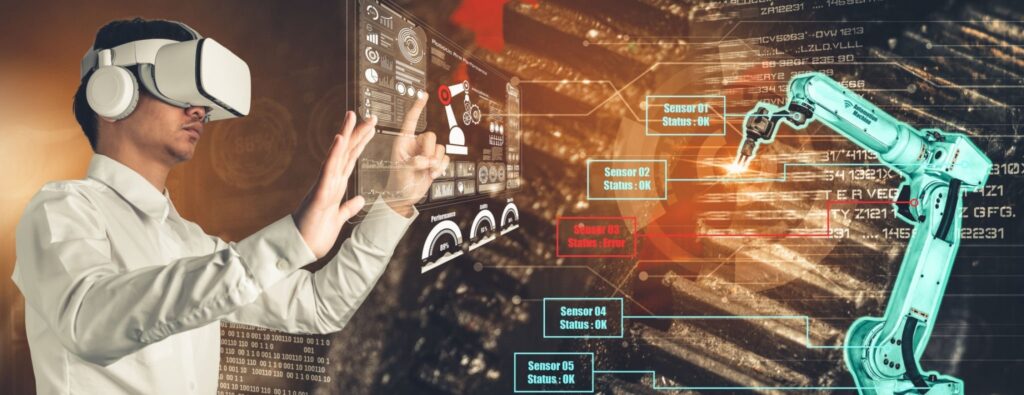
Overall, the integration of AI with the small footprint simulator has the potential to revolutionize the way we learn and train in a variety of industries. By utilizing AI to create more engaging and personalized experiences, we can improve the effectiveness of training and education, and better prepare individuals for real-world scenarios. As AI continues to advance, we can expect to see even more exciting and innovative applications of the small footprint simulator.
The small footprint simulator is a highly versatile tool that can be used for a wide range of applications. However, in order to maximize its potential, it is important to have software that can operate on the simulator and provide users with a comprehensive and realistic experience. While there are already some software options available for the small footprint simulator, we believe that there is still a great opportunity for further development, especially with the advent of new AI technology.
One of the most popular software options for the small footprint simulator is Prepare 3D, which is primarily used for flight simulation and training. This software provides a highly realistic flight experience that can help pilots develop their skills and prepare for real-world scenarios. Another popular software option is DCS, which is also used for flight simulation and training but is more focused on combat scenarios. This software is especially useful for military applications and can help train pilots for a variety of combat situations.
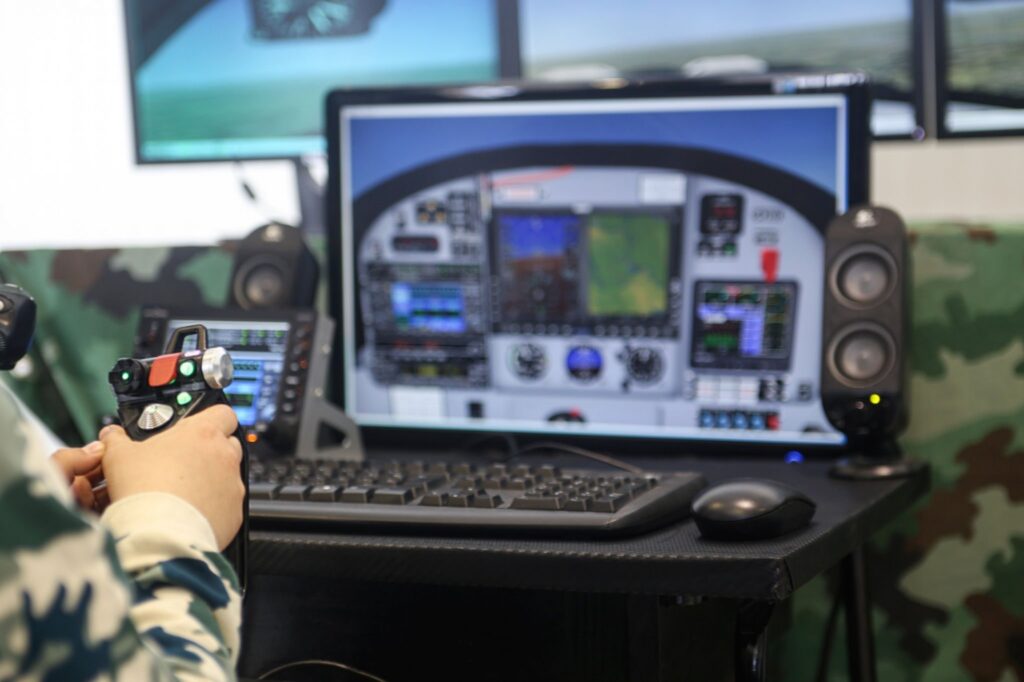
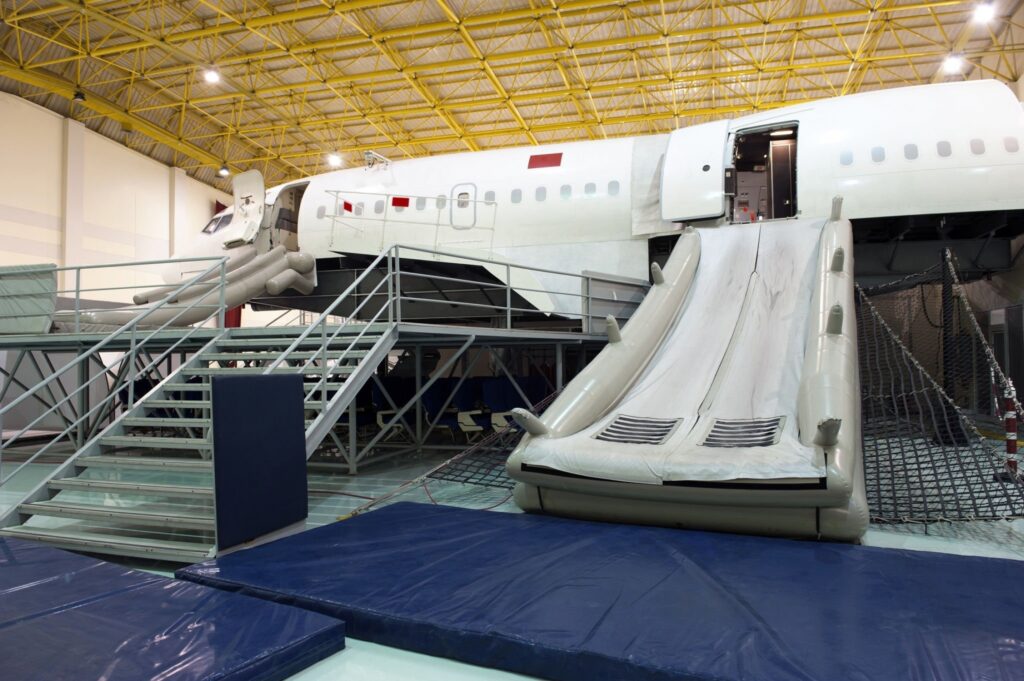
In addition to flight simulation software, there are also options available for driving simulation. Some popular software options include Euro Truck Simulator, American Truck Simulator, and City Car Driving. These programs allow users to experience what it’s like to drive a variety of vehicles in different scenarios, from city streets to highways and beyond.
One of the newer software options available for the small footprint simulator is the Money Smarts educational program. This program is designed to teach users about personal finance and money management in a fun and interactive way. With the help of the small footprint simulator, users can learn about budgeting, investing, and other financial topics in a realistic environment.
In the Evoc program, we are also working with developers to create a new modeling software that will allow emergency vehicles to train on their own city streets. This software will provide a highly realistic and immersive experience that can help emergency responders develop their skills and prepare for real-world scenarios. By training on their own city streets, emergency responders will be better equipped to handle emergencies in their local area.
While there are already many software options available for the small footprint simulator, there is still a great opportunity for further development and innovation. With the help of AI technology, we believe that we can create even more realistic and immersive experiences that can help users develop their skills and prepare for real-world scenarios


For example, AI technology can be used to create more advanced and responsive NPCs (non-player characters) in simulation games. This can make the game more challenging and help users develop their decision-making and problem-solving skills in a more realistic environment. Additionally, AI can be used to analyze user behavior and provide personalized feedback and recommendations for improvement.
In terms of military applications, AI technology can be used to create more advanced and realistic combat scenarios. This can help train pilots and other military personnel for a variety of combat situations and prepare them for the challenges they may face in the field.
In conclusion, the small footprint simulator is a highly versatile tool that can be used for a wide range of applications. While there are already many software options available for the simulator, there is still a great opportunity for further development and innovation. With the help of AI technology and other advanced software, we can create even more realistic and immersive experiences that can help users develop their skills and prepare for real-world scenarios. Whether it’s flight simulation, driving simulation, or any other application, the small footprint simulator has the potential to revolutionize the way we learn and train in a variety of different fields.
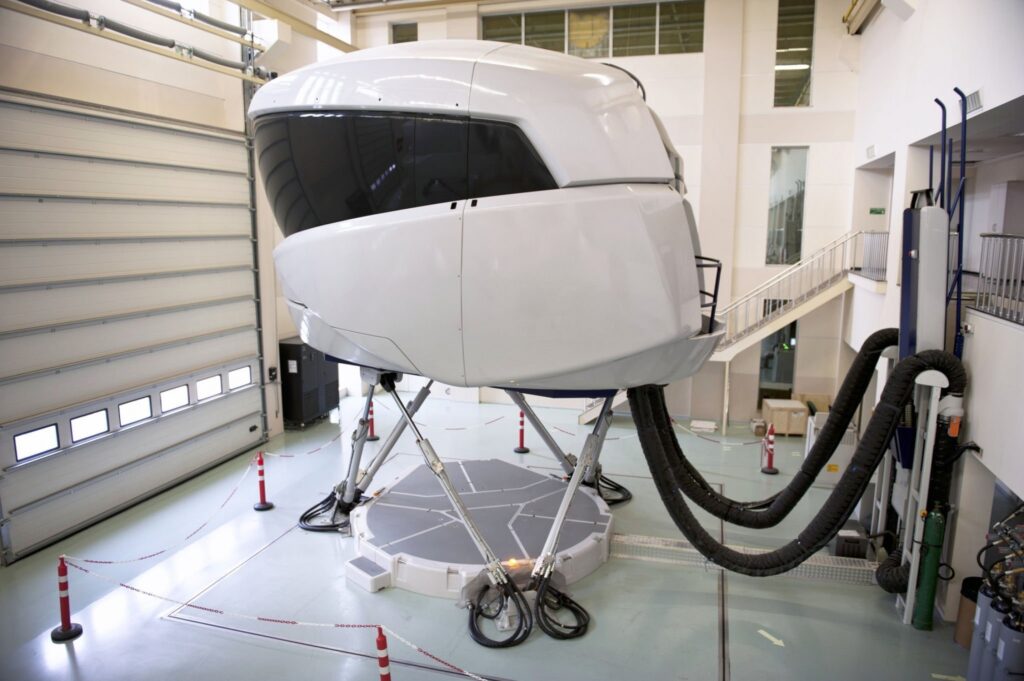
The small footprint simulator is a versatile and powerful tool that can be used for a wide range of applications. With over 300 different attachments available, users can learn how to fly, drive, operate heavy equipment, and more, all from a single unit.
One of the key advantages of the small footprint simulator is its flexibility. With USB attachments, the simulator can be used to simulate a variety of different vehicles and equipment, including cars, trucks, buses, boats, planes, helicopters, and construction equipment. This makes it an ideal training tool for a wide range of industries, from transportation and logistics to construction and mining.

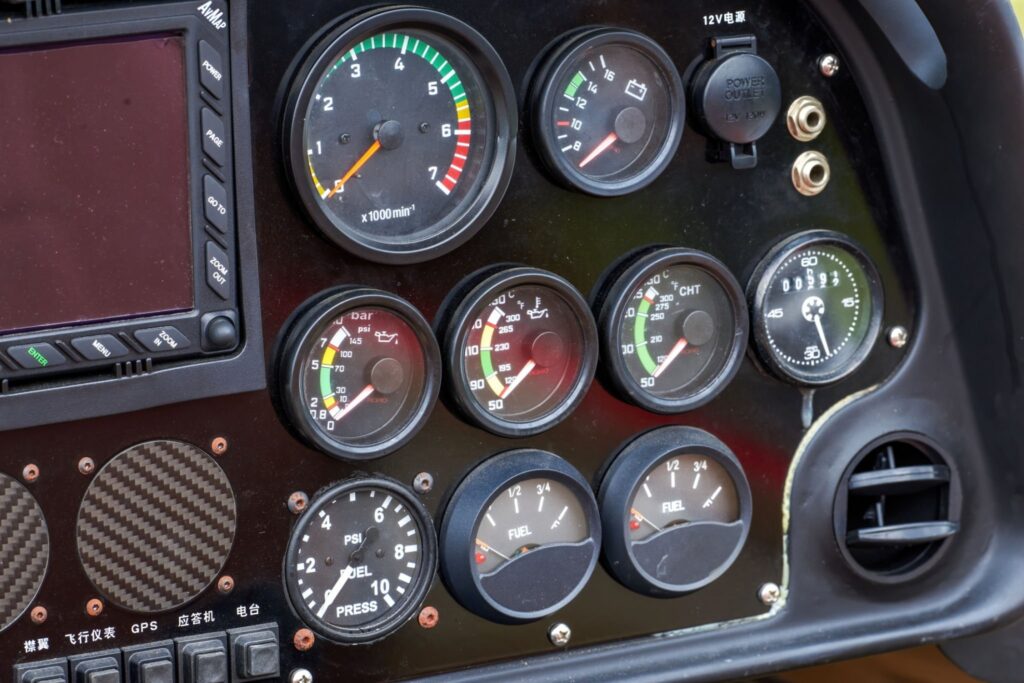
In addition to its versatility, the small footprint simulator is also extremely user-friendly. The high-powered Dell computer that comes with the simulator is designed to be easy to use and operate, even for those with limited technical expertise. The simulator is also fully customizable, with a wide range of options available for adjusting settings and configurations to meet the specific needs of each user.
One of the key benefits of the small footprint simulator is its ability to provide advanced training and education to users of all ages and skill levels. From young children just learning how to drive to seasoned professionals looking to hone their skills, the simulator offers a comprehensive and effective training experience. Users can learn how to operate vehicles and equipment in a safe and controlled environment, without the risk of injury or damage to equipment.
Overall, the small footprint simulator is a powerful and versatile tool that offers a wide range of benefits to users across a variety of industries. Its flexibility, user-friendliness, and advanced capabilities make it an ideal training tool for flight schools, airlines, national guards, and a wide range of other organizations and individuals. With over 300 attachments and a high-powered Dell computer, the small footprint simulator offers an unparalleled training experience that can help users develop the skills they need to succeed in their chosen field.
A partial list of attachments can be found www.SmallFootprintSimulator.com
Products
1). Controller
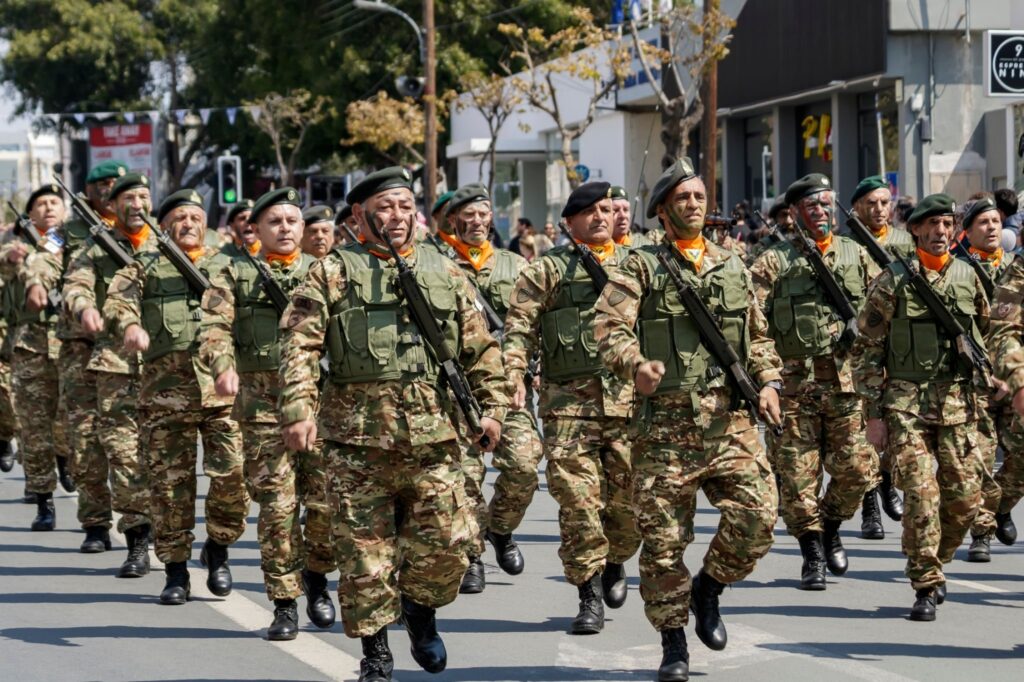
The small footprint simulator is a versatile tool that can be used in a variety of educational settings. With the addition of a projector, the simulator’s capabilities expand even further. By projecting the individual user’s screen onto a larger surface, an entire classroom can observe and learn from the actions and designs of the user.
This feature is particularly useful for instructors who want to demonstrate a particular technique or process to their students. Instead of having to verbally explain each step, the instructor can simply show their own screen or the screen of a student who is successfully completing the task. This makes it easier for students to follow along and understand the material being presented


The projector feature also allows for group activities where students can take turns using the simulator and projecting their screens onto a larger surface for the class to observe. This creates a collaborative learning environment where students can learn from each other’s successes and mistakes.
In addition to the projector feature, the small footprint simulator can also be used with VR attachments. This allows users to exit the simulator and enter a virtual reality environment for advanced training in a number of different disciplines. The VR attachments provide a level of immersion that cannot be achieved with traditional classroom tools.
For example, flight schools and airlines can use the simulator with VR attachments to simulate a variety of weather conditions and scenarios that may not be possible to experience in real life. This provides pilots with valuable experience and training in a safe and controlled environment.
The same can be said for law enforcement and military training. With the addition of VR attachments, users can be placed in simulated scenarios that closely resemble real-world situations. This provides valuable experience and training without the risk of injury or death that can come with live training exercises.

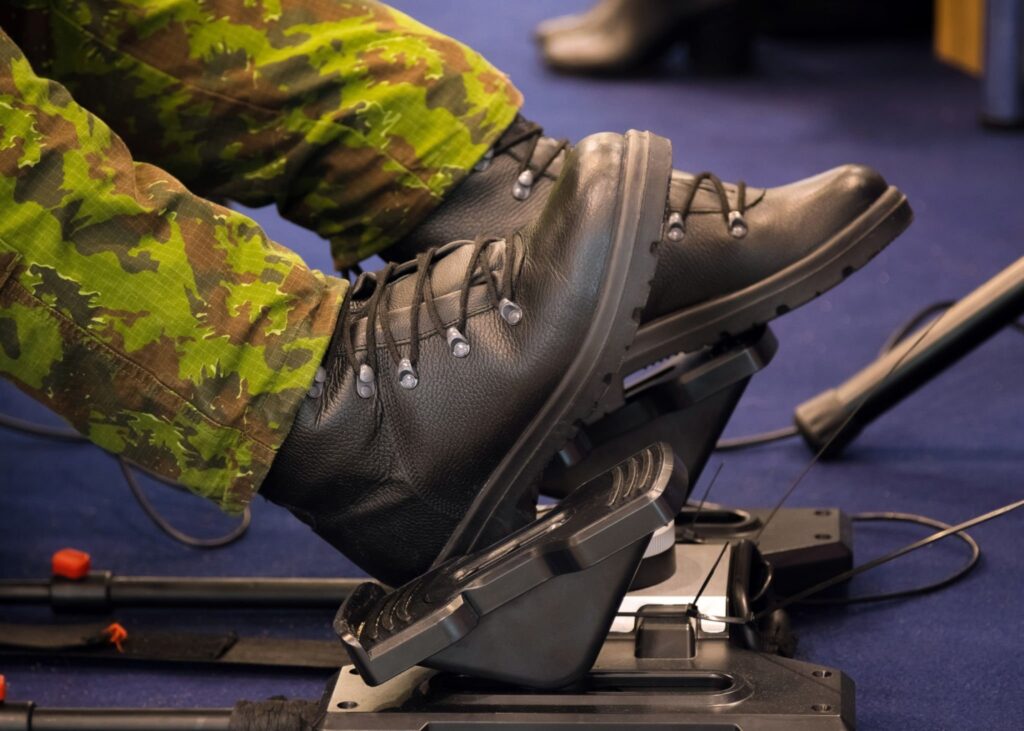
For example, flight schools and airlines can use the simulator with VR attachments to simulate a variety of weather conditions and scenarios that may not be possible to experience in real life. This provides pilots with valuable experience and training in a safe and controlled environment.
The same can be said for law enforcement and military training. With the addition of VR attachments, users can be placed in simulated scenarios that closely resemble real-world situations. This provides valuable experience and training without the risk of injury or death that can come with live training exercises.
The VR attachments also provide a unique opportunity for users to explore different environments and scenarios that they may not have access to in their everyday lives. For example, a user who is learning to operate heavy equipment can use the simulator with VR attachments to experience operating equipment in a variety of environments and conditions, such as construction sites or mining operations.
Overall, the small footprint simulator with the addition of a projector and VR attachments provides a powerful tool for educators and learners alike. It offers a level of immersion and interactivity that traditional classroom tools cannot match, while also providing a safe and controlled environment for advanced training in a variety of disciplines.
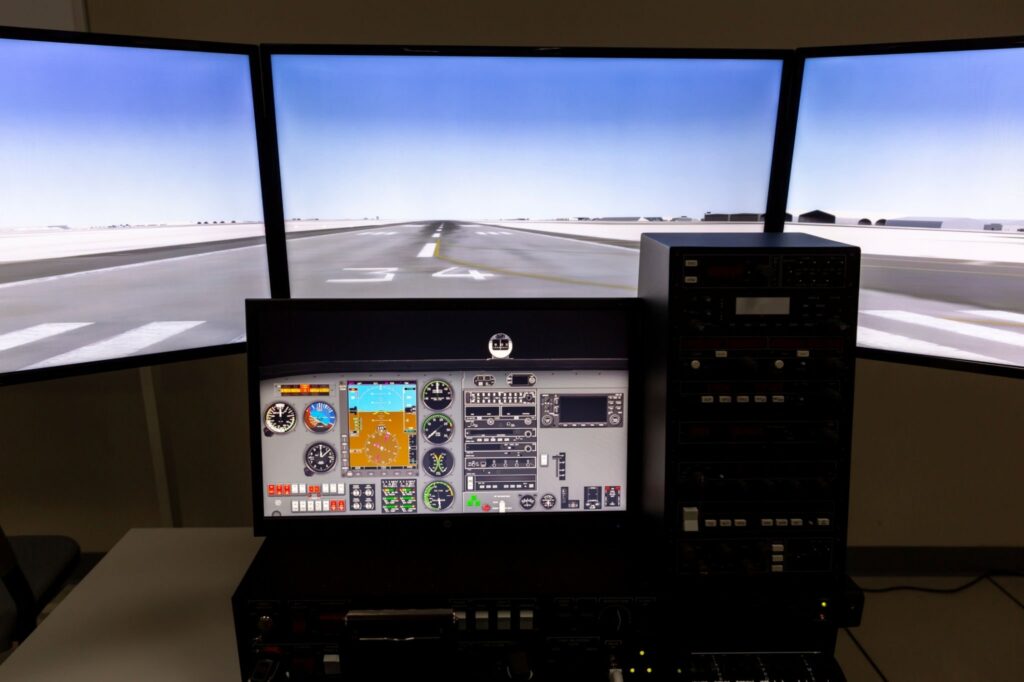
Connecting with top military simulator manufacturers, such as Boeing, L3 Harris, CAE, Lockheed Martin, Bell, and others, can provide a wealth of opportunities for small footprint simulator technology. By partnering with these major manufacturers, we can create classroom support systems that utilize the small footprint simulator technology to enhance the training and preparation of military personnel.
The economic impact of having a branded small footprint simulator in partnership with these major manufacturers is substantial. By providing top-quality training and preparation for military personnel, we can ensure that they are better prepared for deployment and able to perform their duties with greater skill and efficiency. This can translate into more successful military operations, and ultimately, a safer and more secure world.

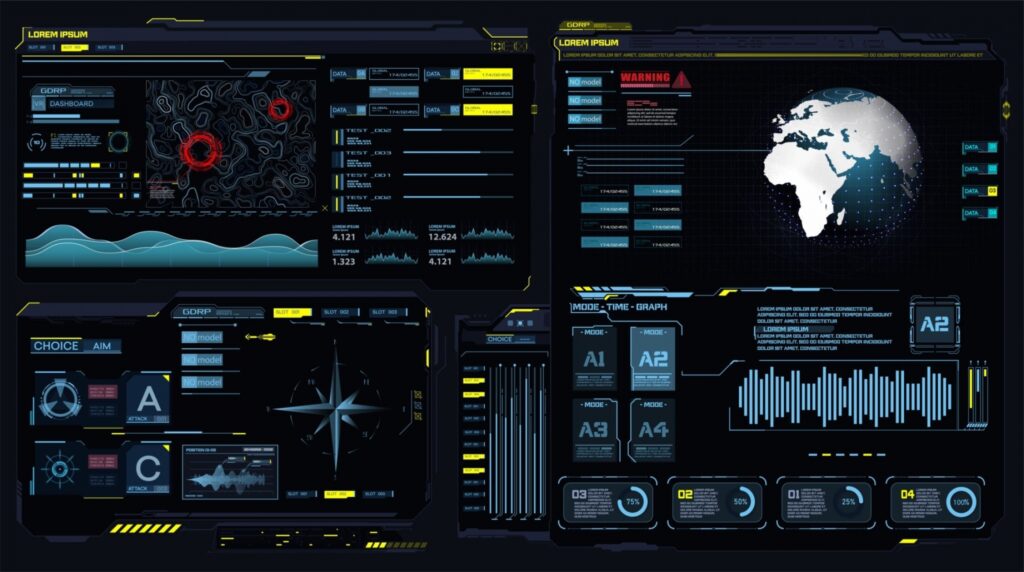
The small footprint simulator technology is uniquely suited to military applications. Its portability and ease of use make it ideal for use in a variety of settings, from classrooms to field deployments. By partnering with top military simulator manufacturers, we can ensure that the technology is integrated seamlessly into existing military training programs, providing a comprehensive and effective training experience.
In addition to its use in military training, the small footprint simulator technology can also be used in a variety of other applications. For example, it can be used to train first responders, such as police officers and firefighters, in emergency response situations. It can also be used in aviation and shipping industries, as well as in farming and other industries that require specialized training and skills.
Partnering with major manufacturers in these industries can provide additional opportunities to develop and refine the small footprint simulator technology for these specific applications. By working closely with manufacturers, we can ensure that the technology is tailored to meet the specific needs of each industry, and that it is capable of providing the highest quality training and preparation for personnel.
One potential application for the small footprint simulator technology in the military is in the training of drone pilots. As the use of unmanned aerial vehicles (UAVs) becomes increasingly common in military operations, the need for skilled drone pilots is growing rapidly. The small footprint simulator technology can be used to provide realistic and comprehensive training for drone pilots, enabling them to operate UAVs with greater precision and effectiveness.
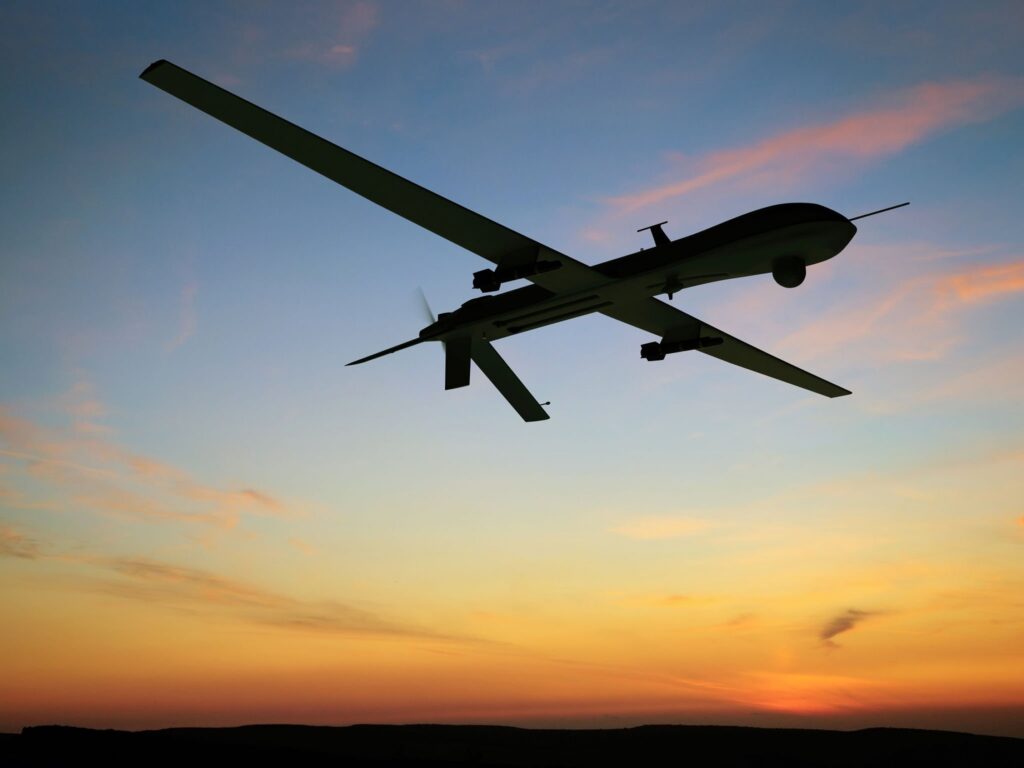
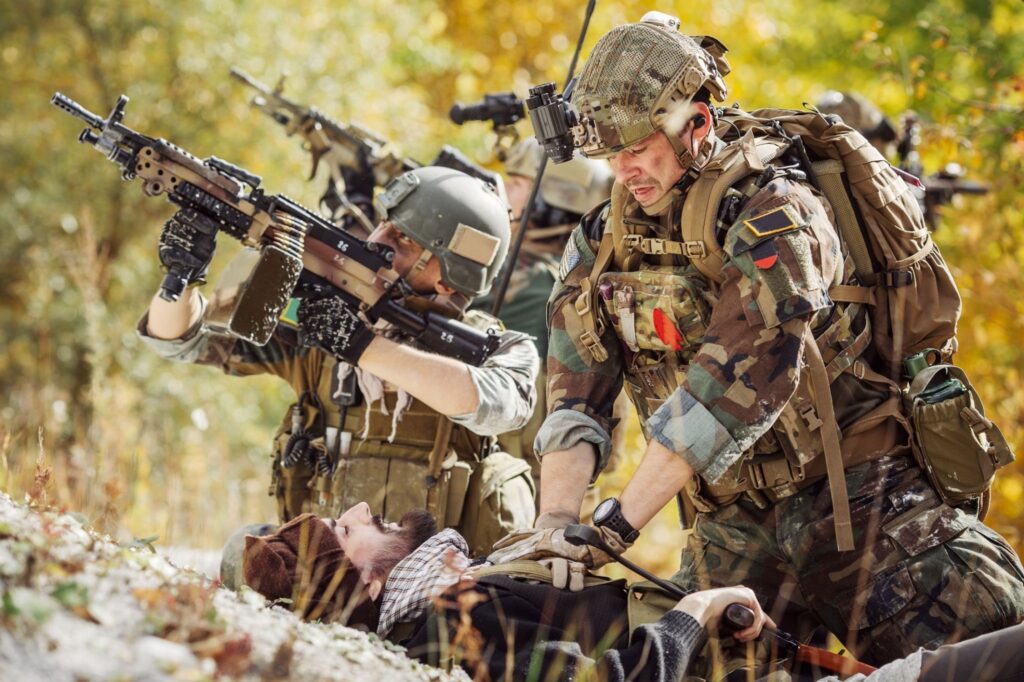
Partnering with top military simulator manufacturers can also provide access to cutting-edge technology and research. By working closely with these manufacturers, we can stay at the forefront of technological advancements in military training and preparation, and ensure that our small footprint simulator technology remains state-of-the-art and effective.
Overall, partnering with top military simulator manufacturers in developing and utilizing small footprint simulator technology can have a significant impact on the effectiveness and preparedness of military personnel. By providing comprehensive and realistic training experiences, we can help ensure that military operations are successful and that personnel are well-prepared for deployment. Additionally, the small footprint simulator technology can be used in a variety of other applications, providing opportunities for growth and development in multiple industries.
In conclusion, the small footprint simulator technology has the potential to transform military training and preparation, as well as a variety of other industries. By partnering with top manufacturers in these industries, we can ensure that the technology is tailored to meet the specific needs of each industry, and that it is capable of providing the highest quality training and preparation for personnel. This can have a significant impact on the effectiveness and safety of military operations, as well as on the success and growth of industries that require specialized training and skills.
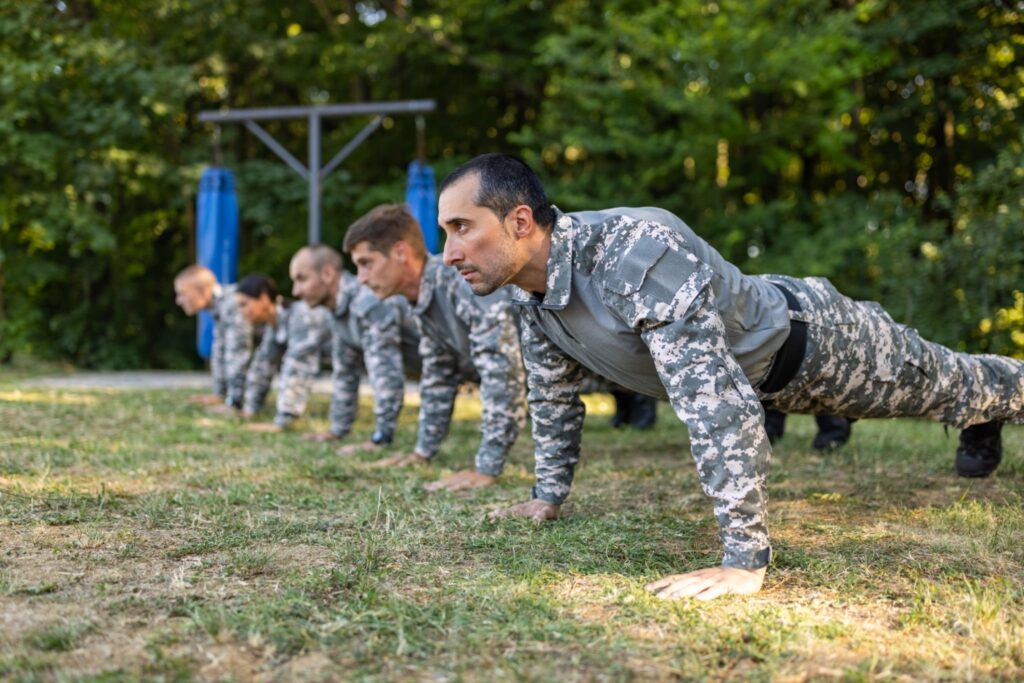
Copyright © 2025 SmallFootprintSimulator.com || All Rights Reserved